Our multi-faceted practice rests on a core set of shared values nested around the concepts of environment, human agency and biodiversity.
An ecology of organizations
Our ecosystem is structured into several organizations which value collaboration, sharing and reciprocity across each other, including the places and the people who operate across them.
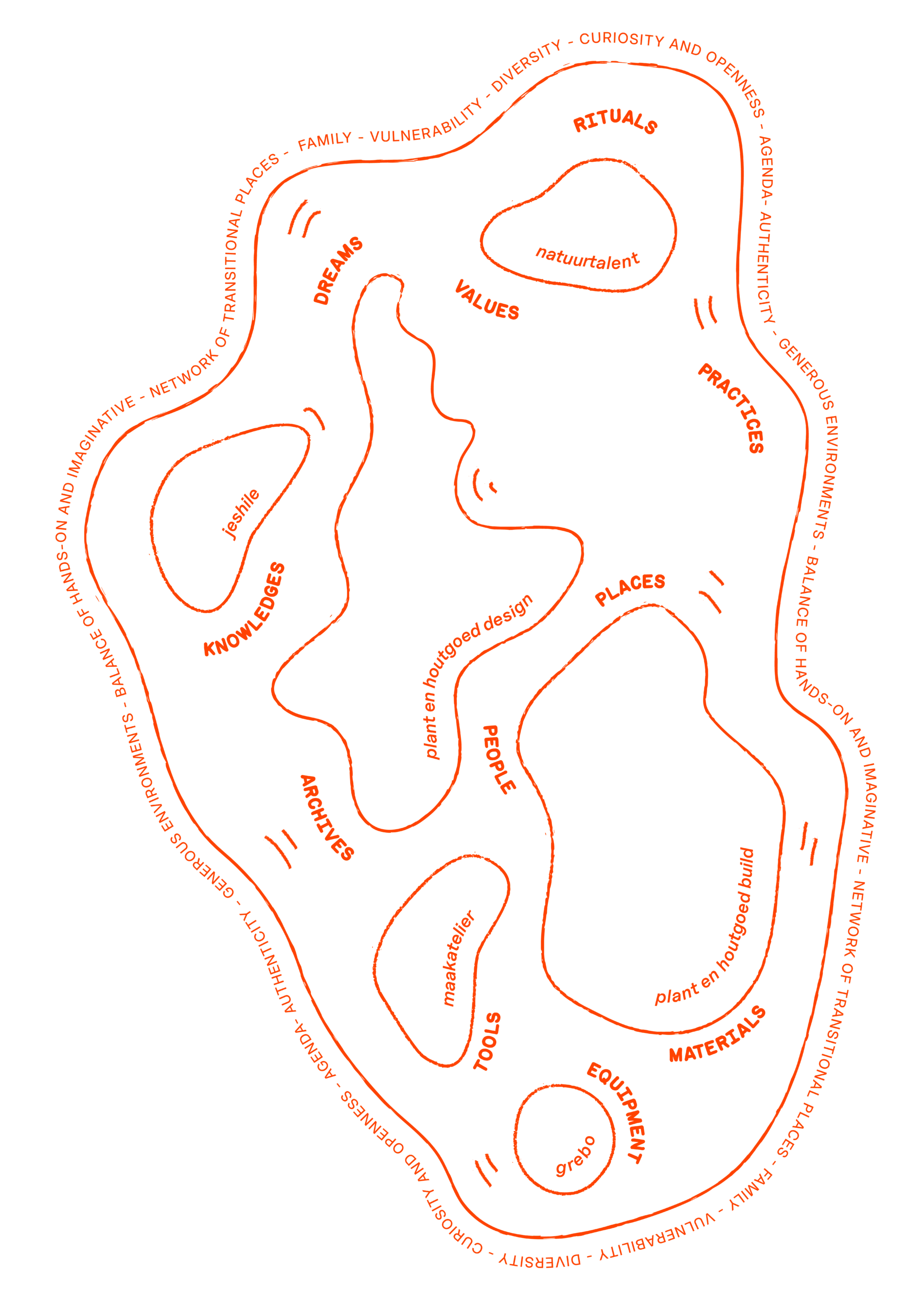
Plant en Houtgoed Studio is a (landscape) design practice based at the main farm in Overijse, in the outskirts of Brussels. We bridge the fields of landscape design, botany, ecology, urbanism and architecture. Alone or as part of larger design teams, we work on a variety of projects, from small scale gardens to public squares and large post-industrial sites.
Plant en Houtgoed Build creates greenspaces, scenographies, waterscapes and playscapes. It has operative quarters in Hengstenberg (Brussels) and Wingene (West Flanders). A fully equipped (wood)workshop in Hengstenberg, (Maakatelier), allows to prefabricate structures, scenographies and furniture.
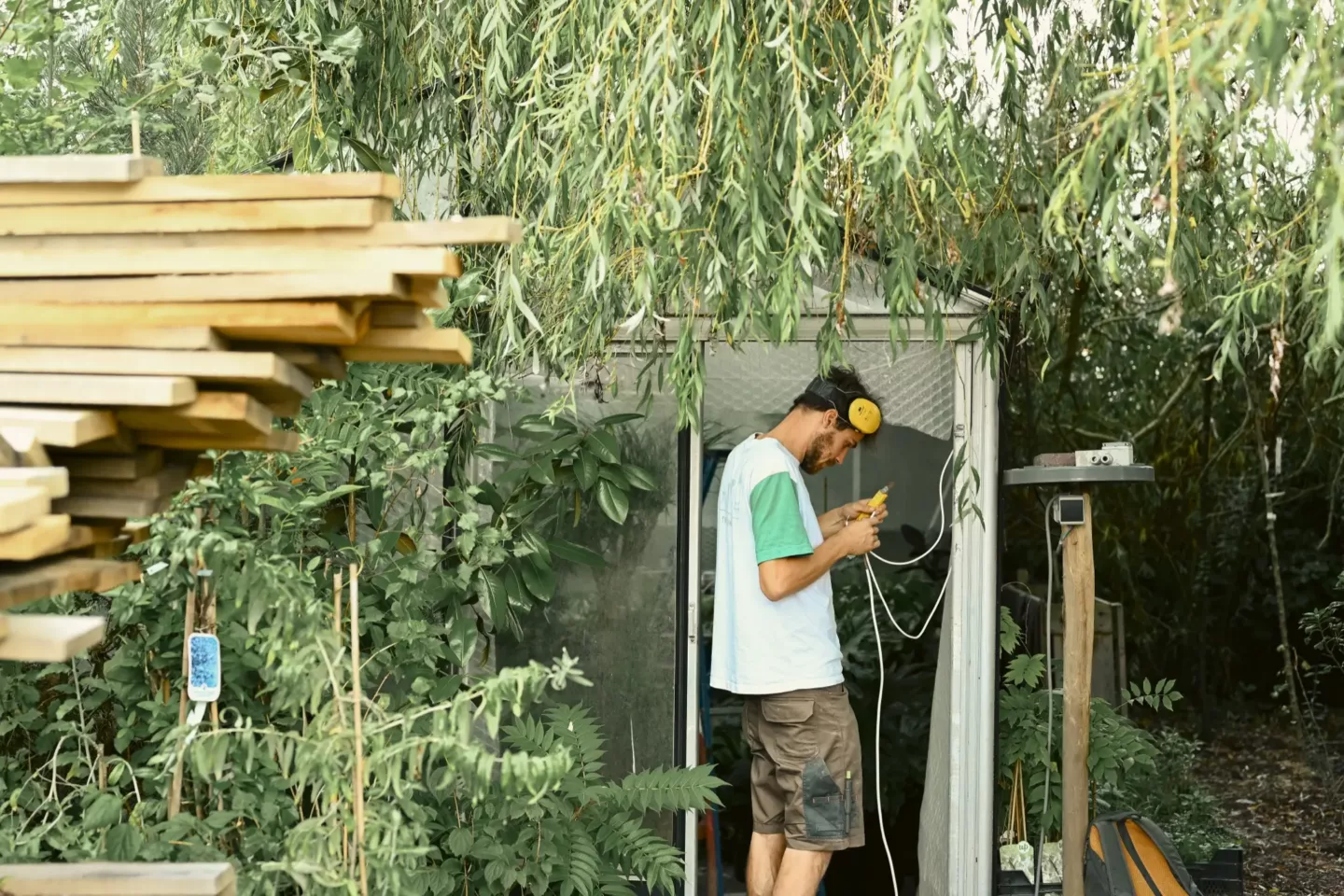
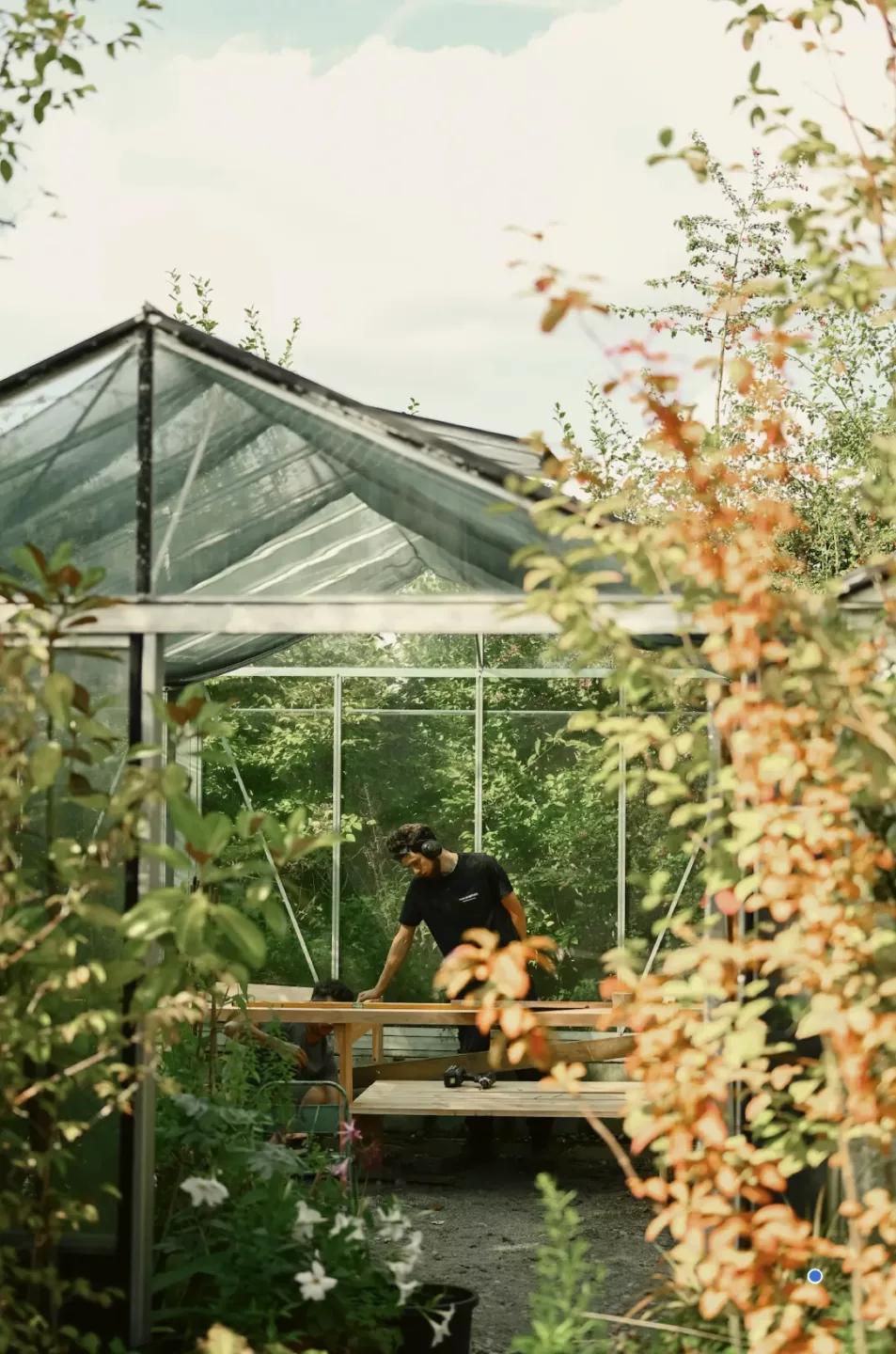
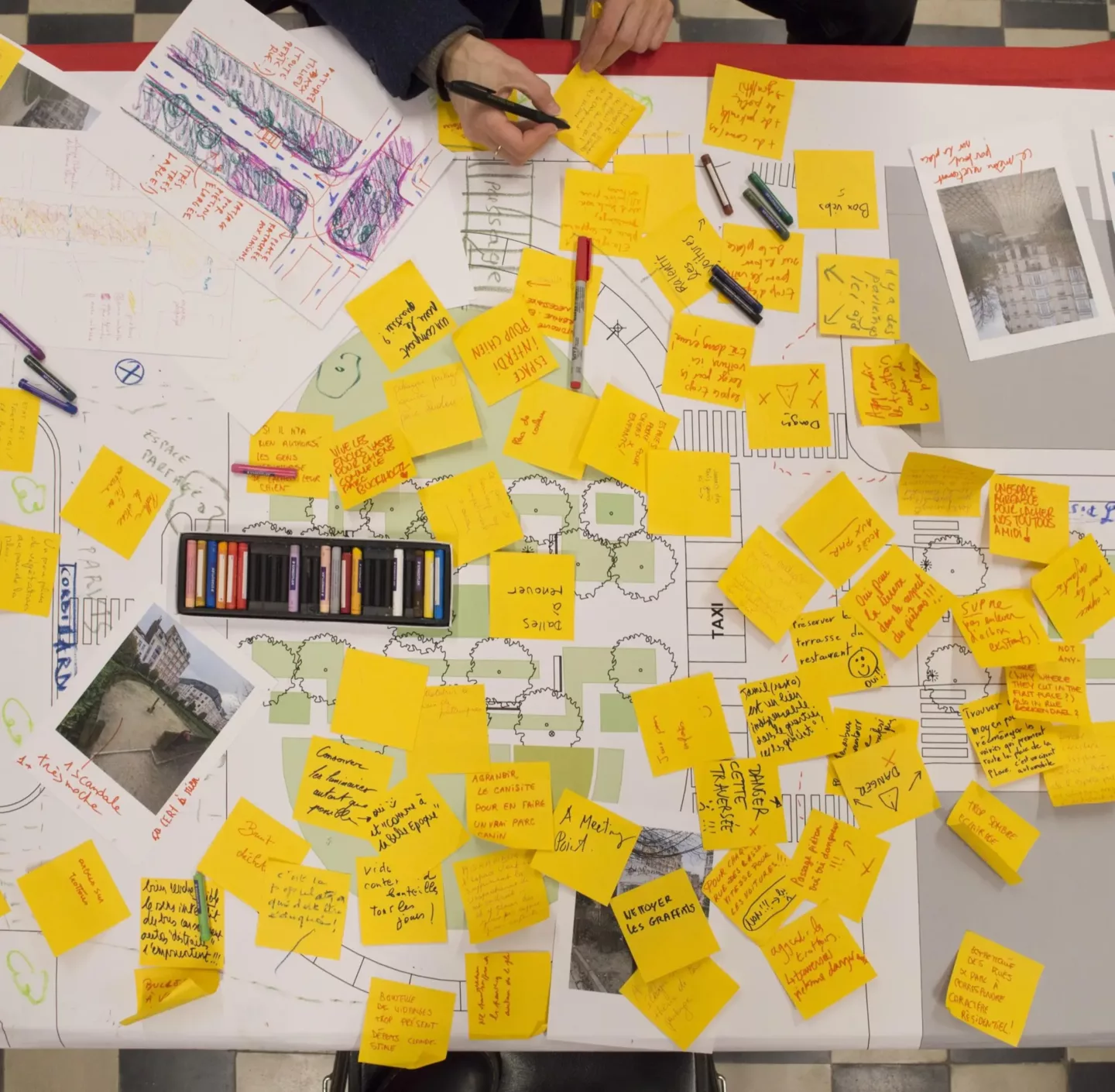
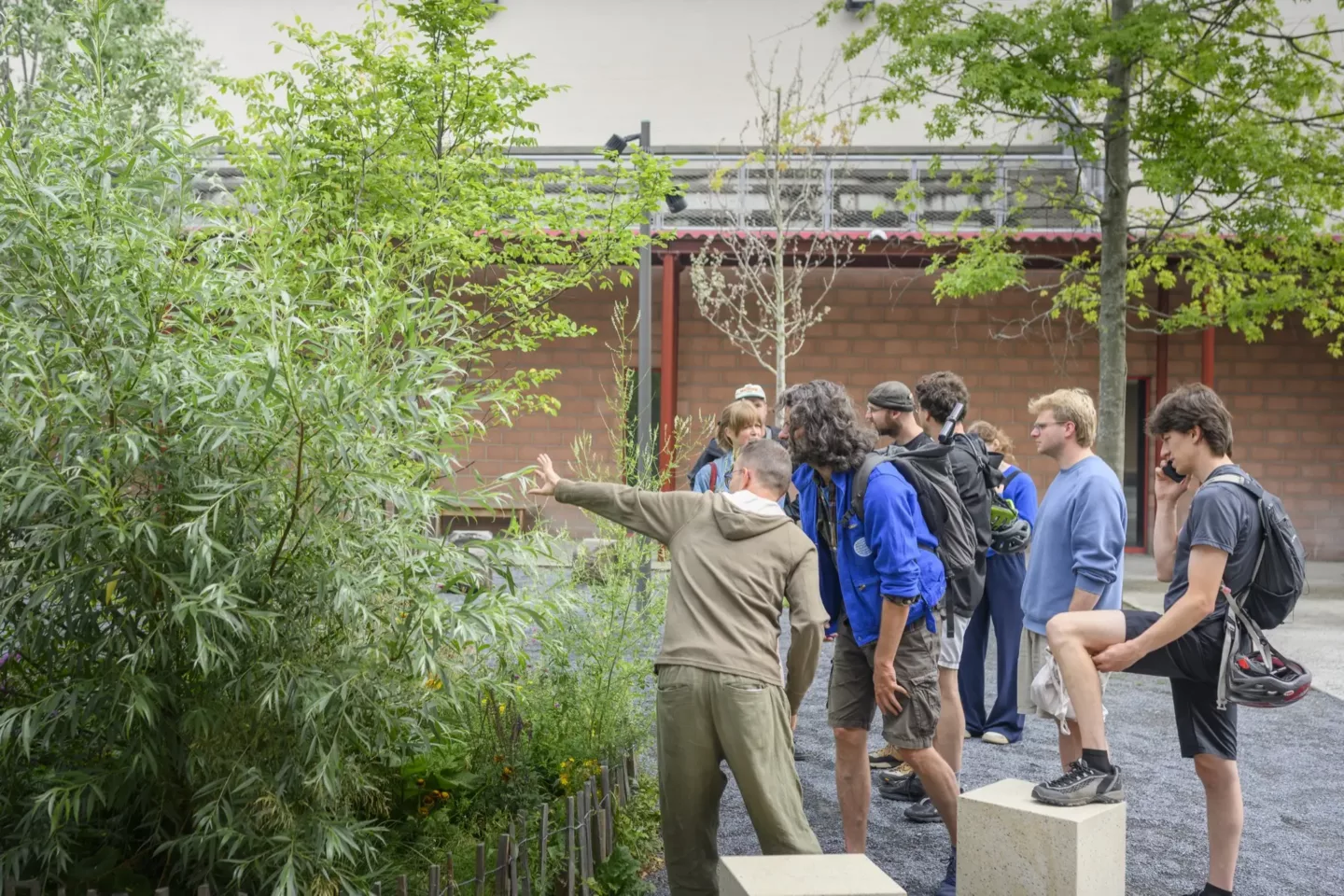
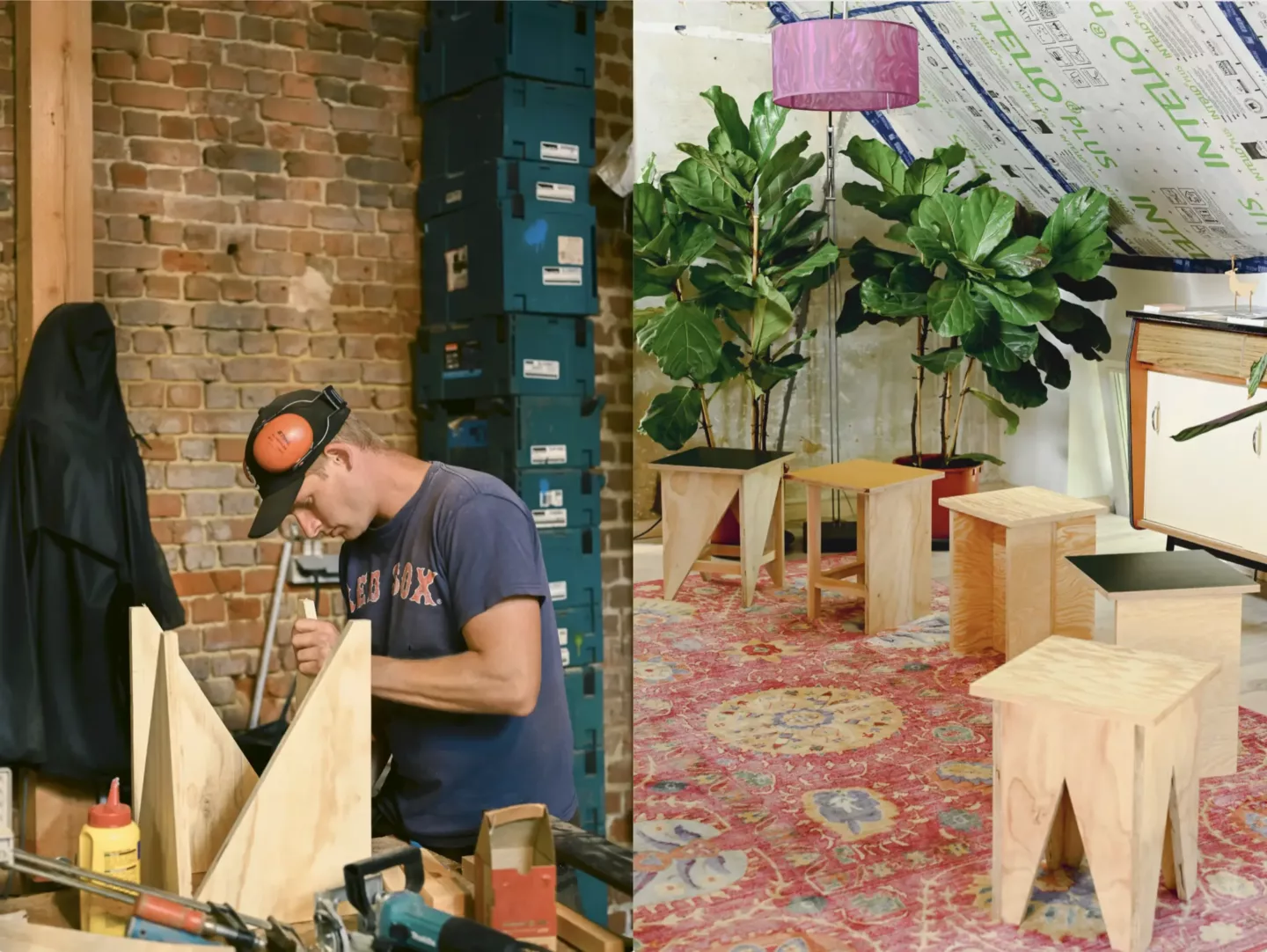
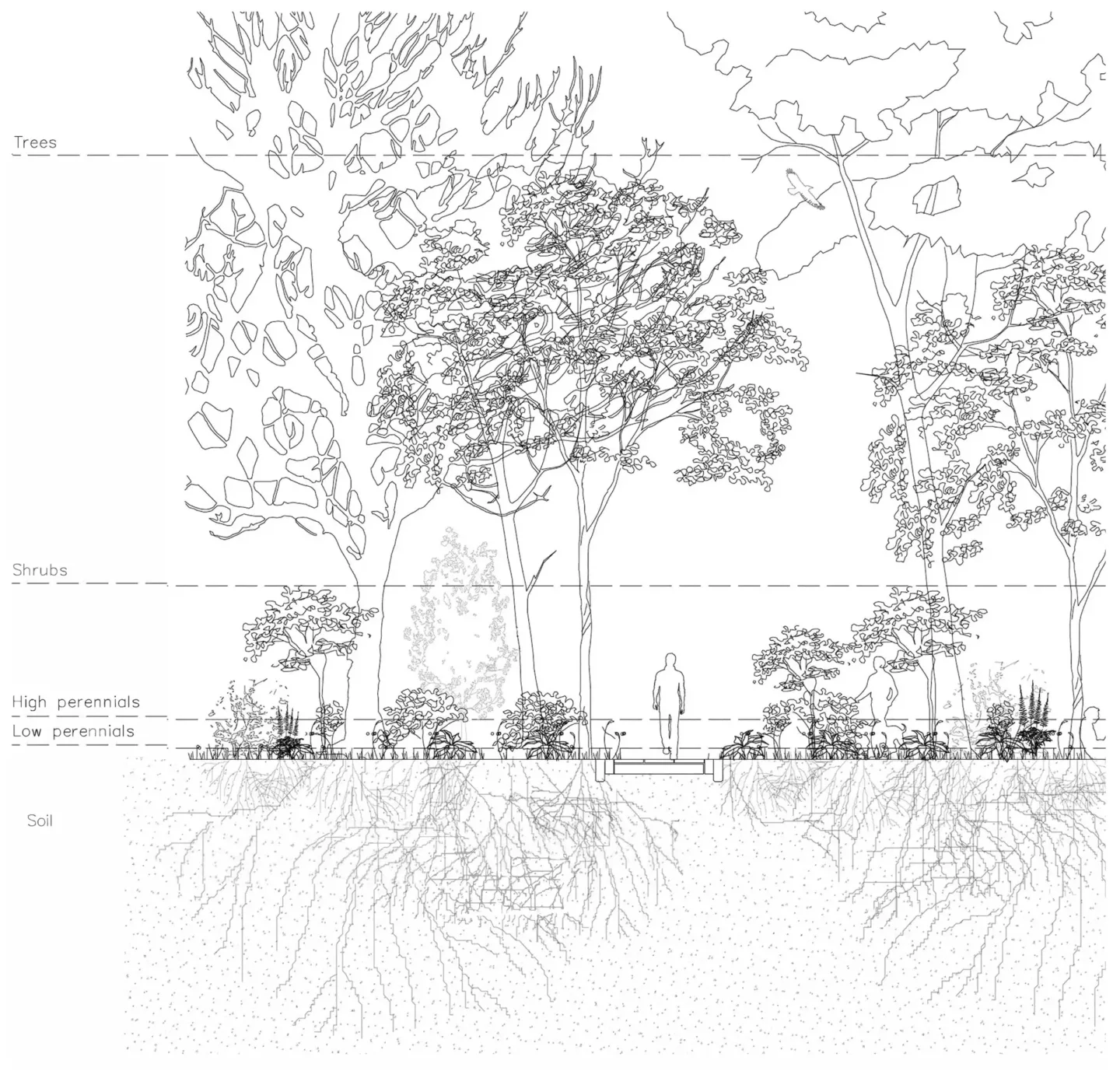

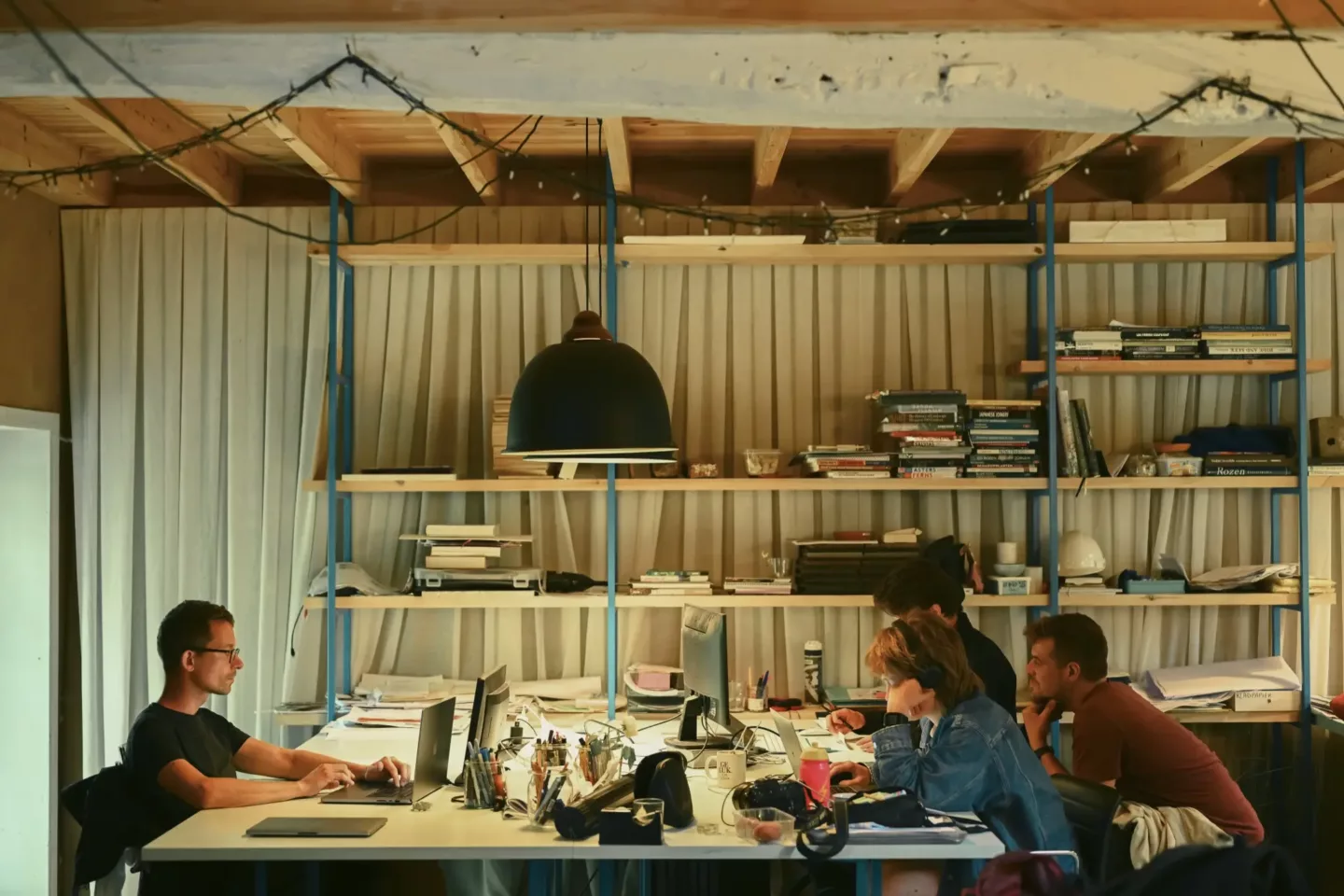
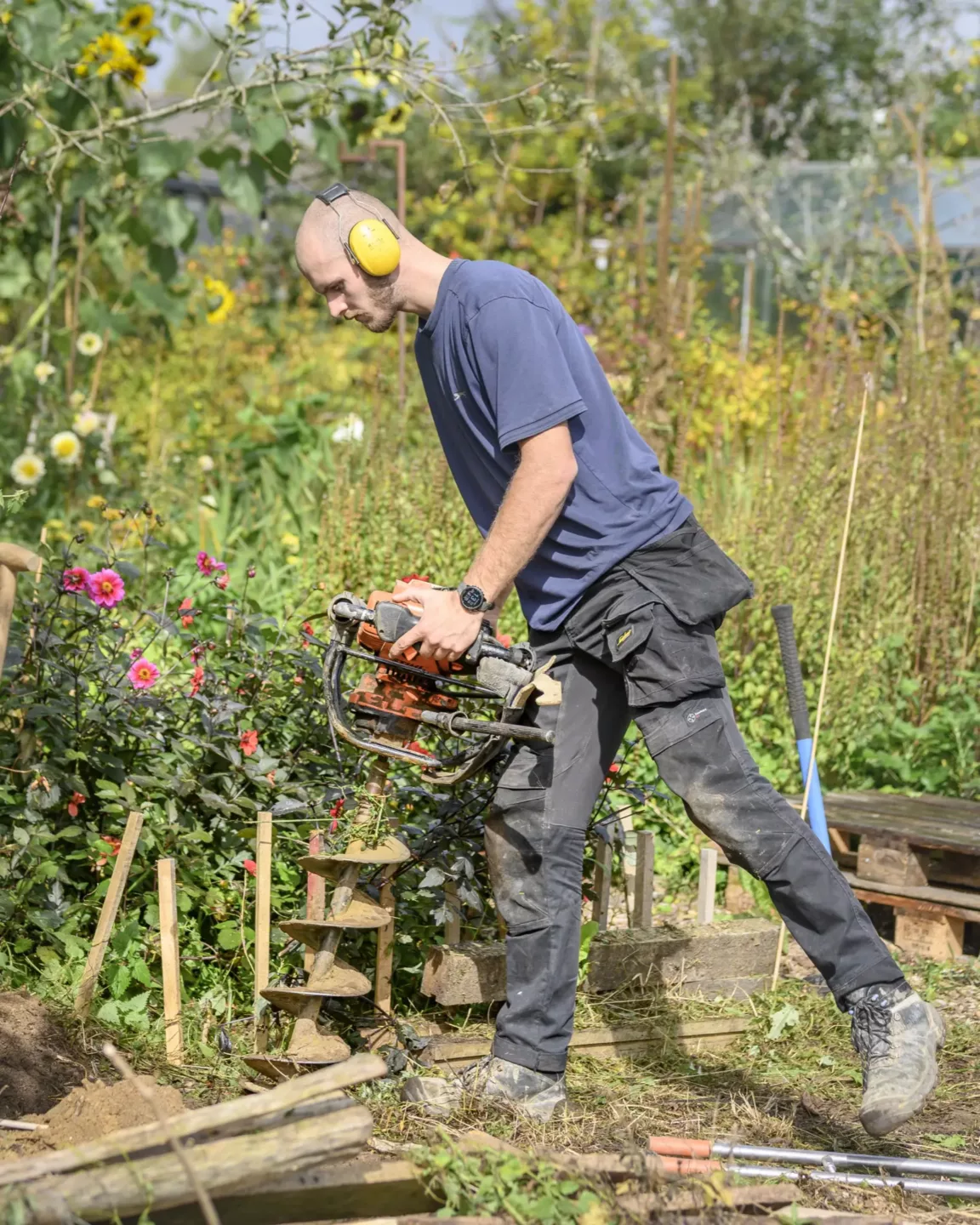
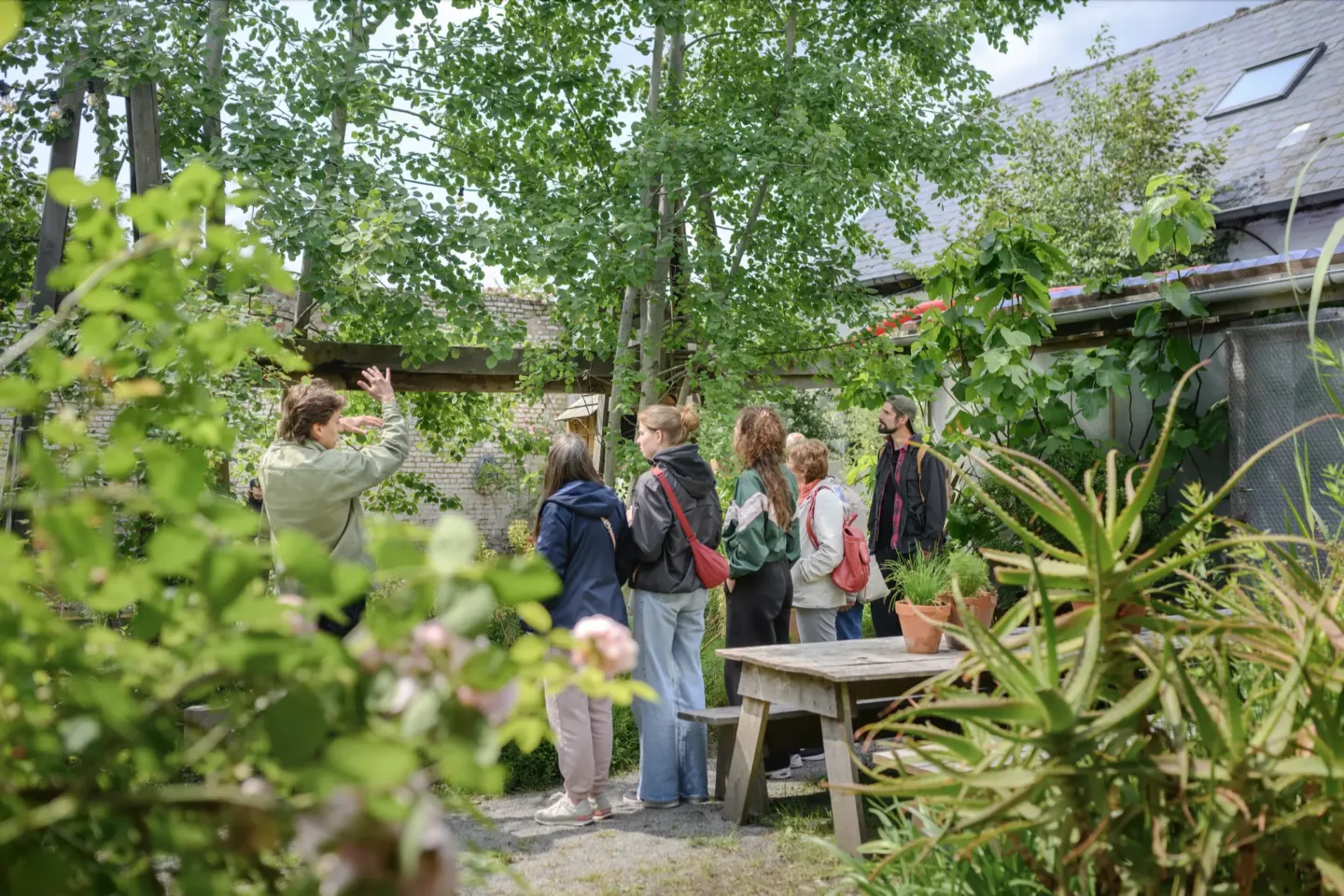
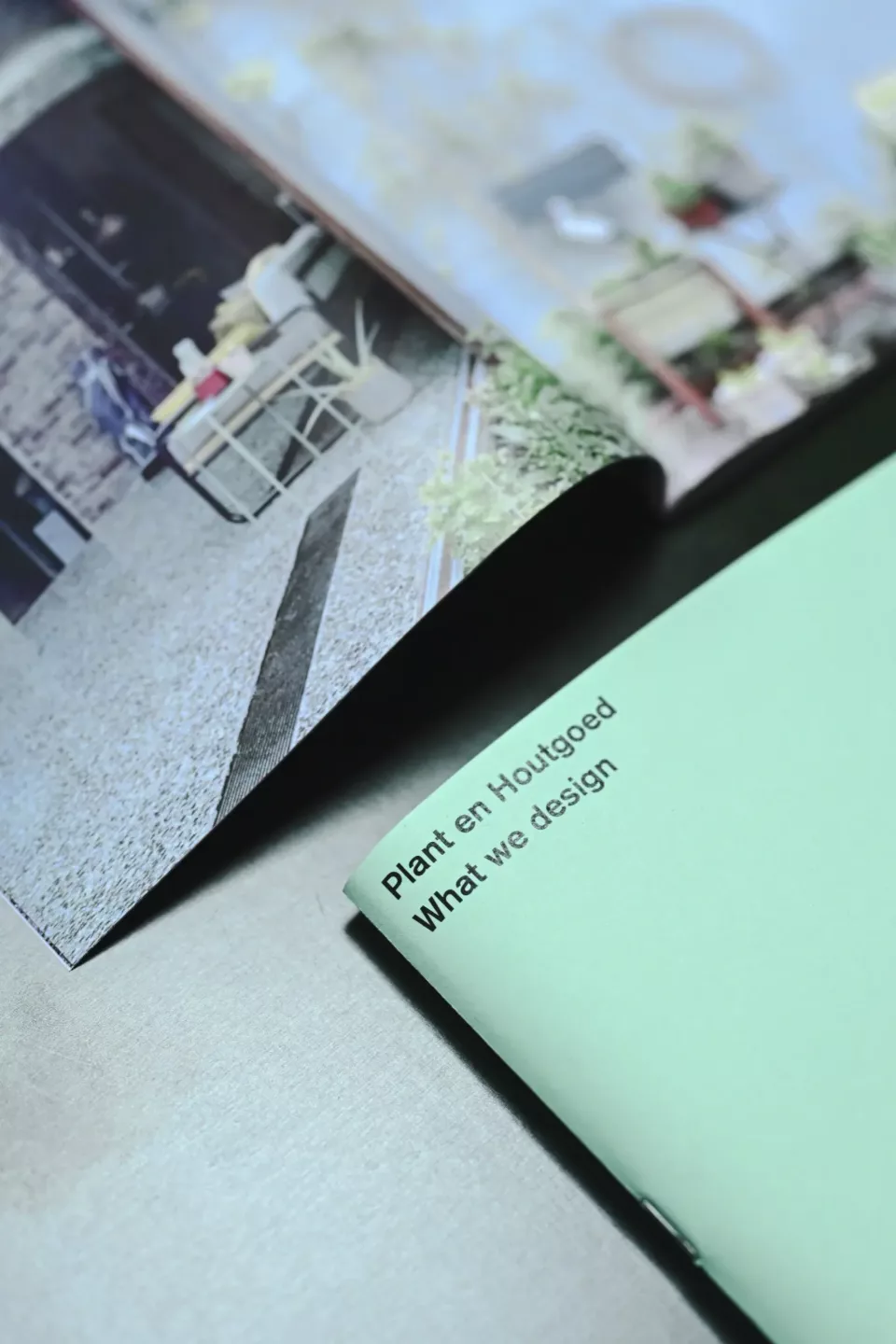
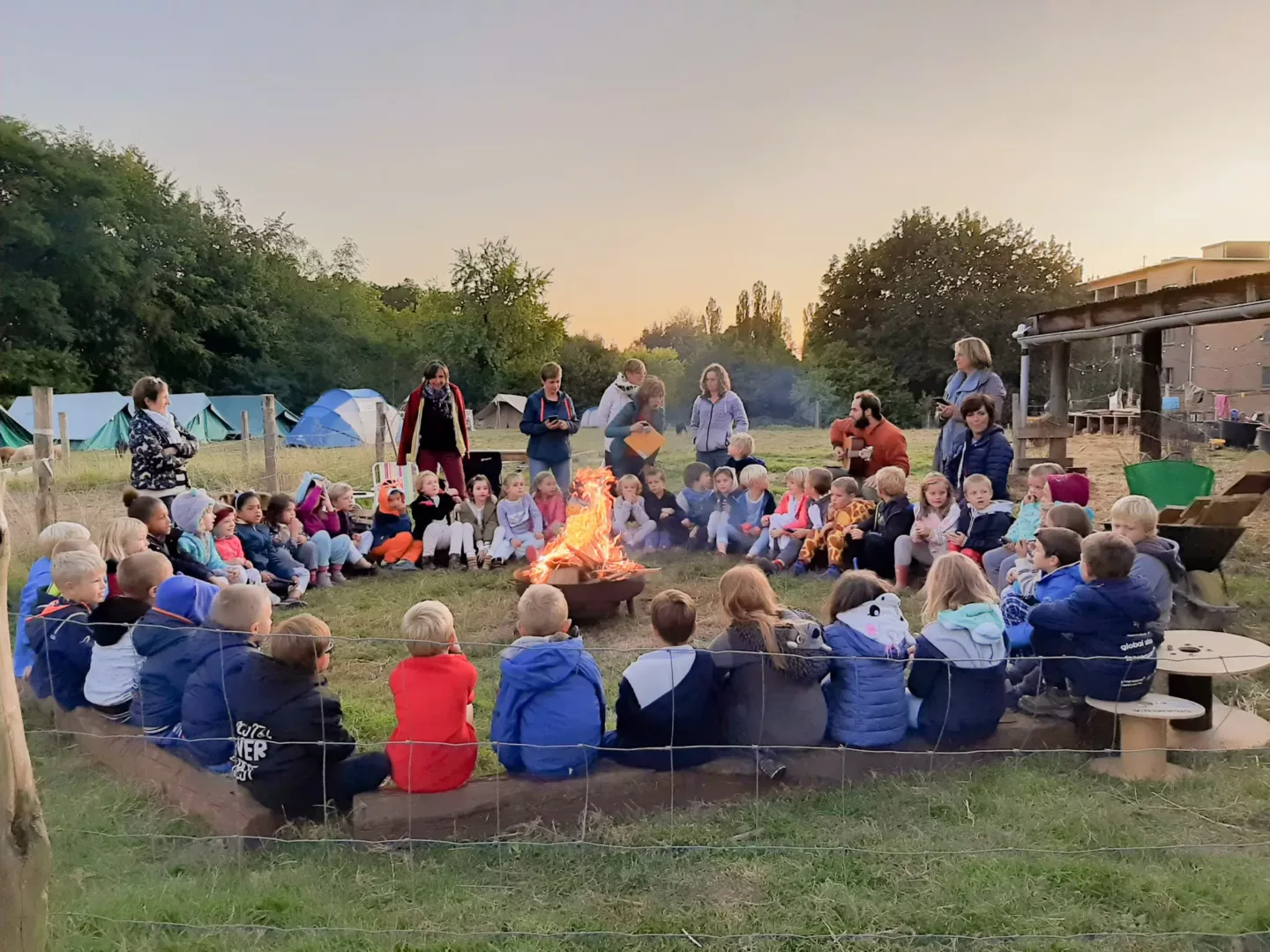
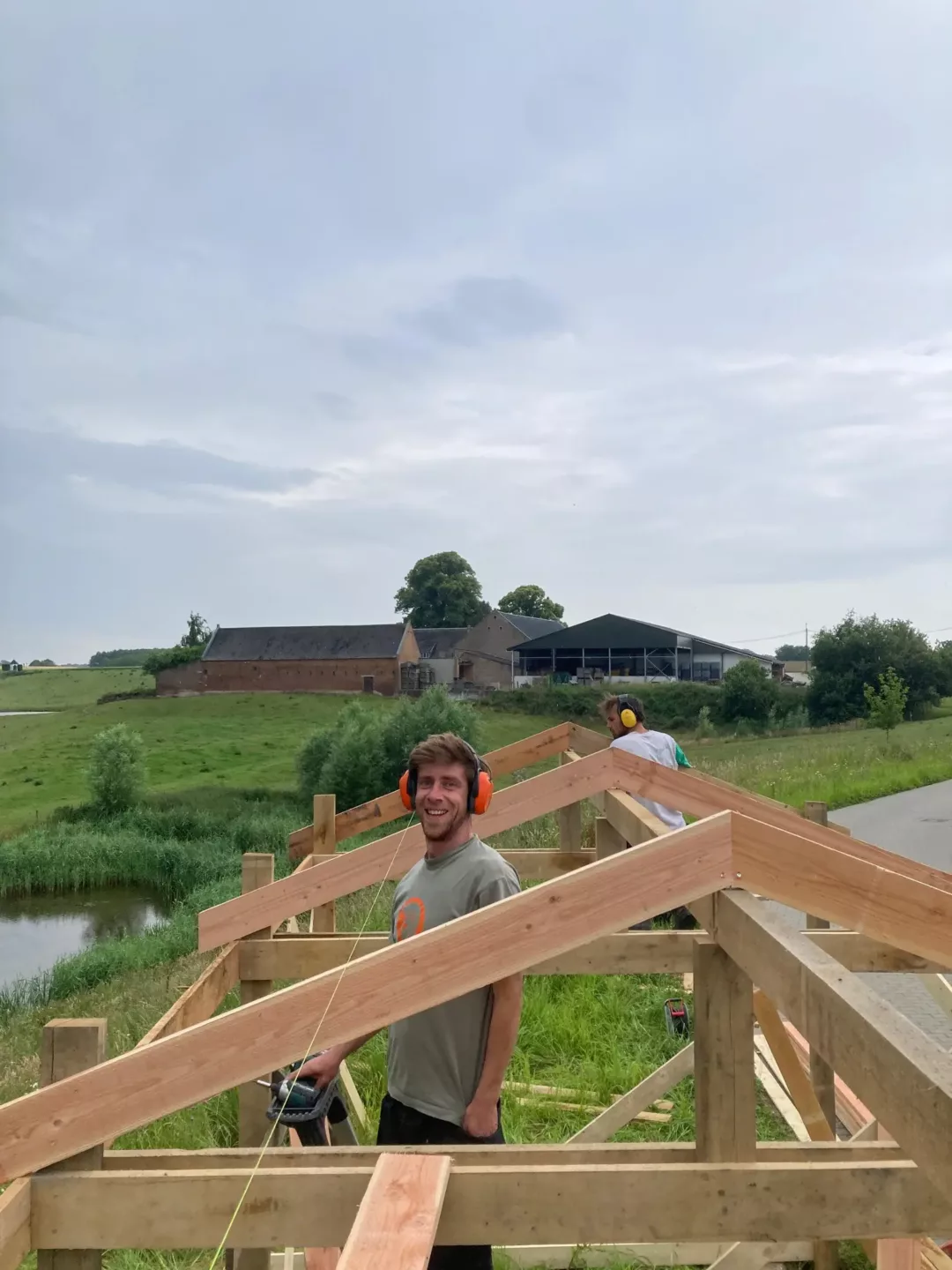
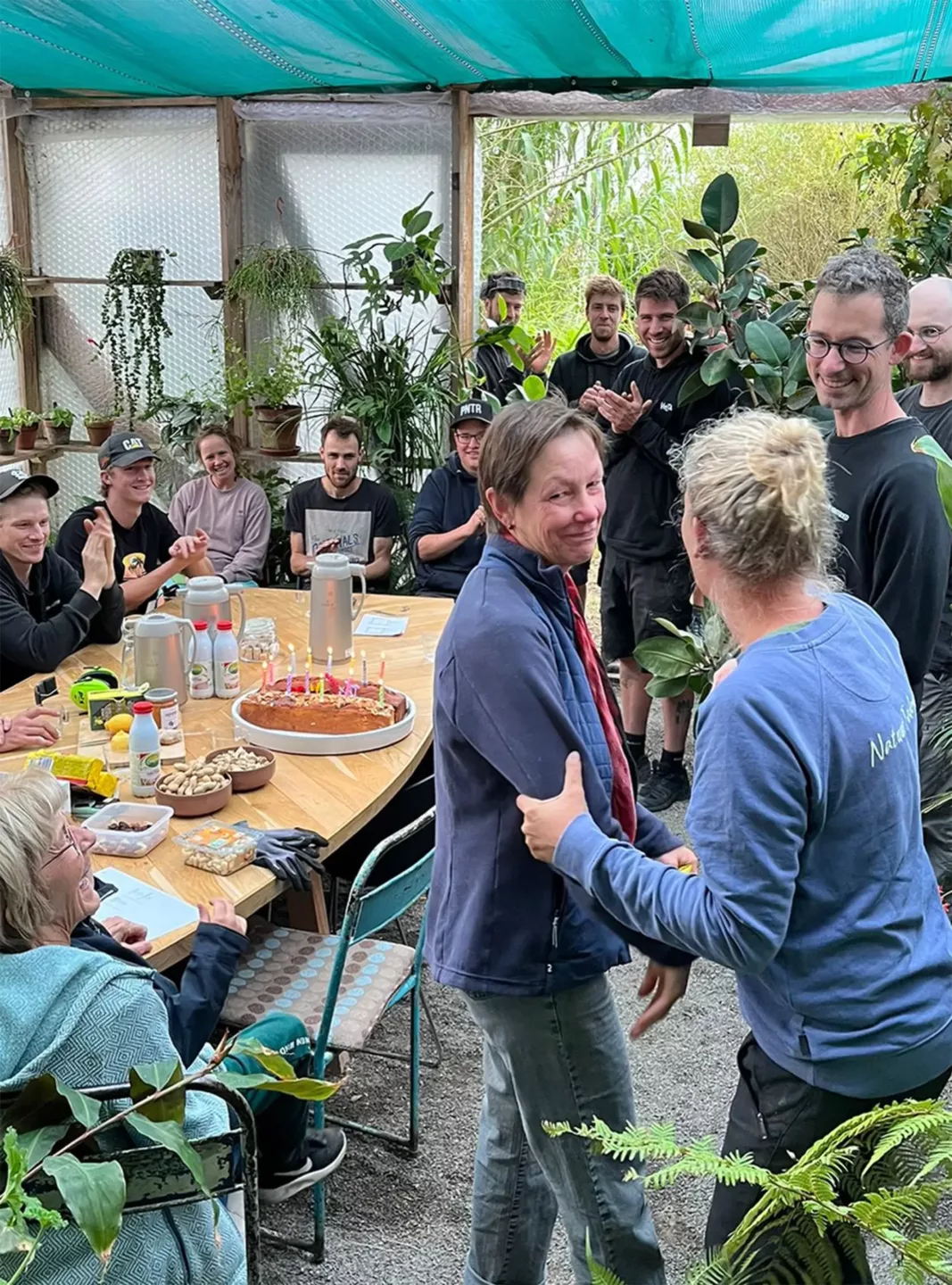
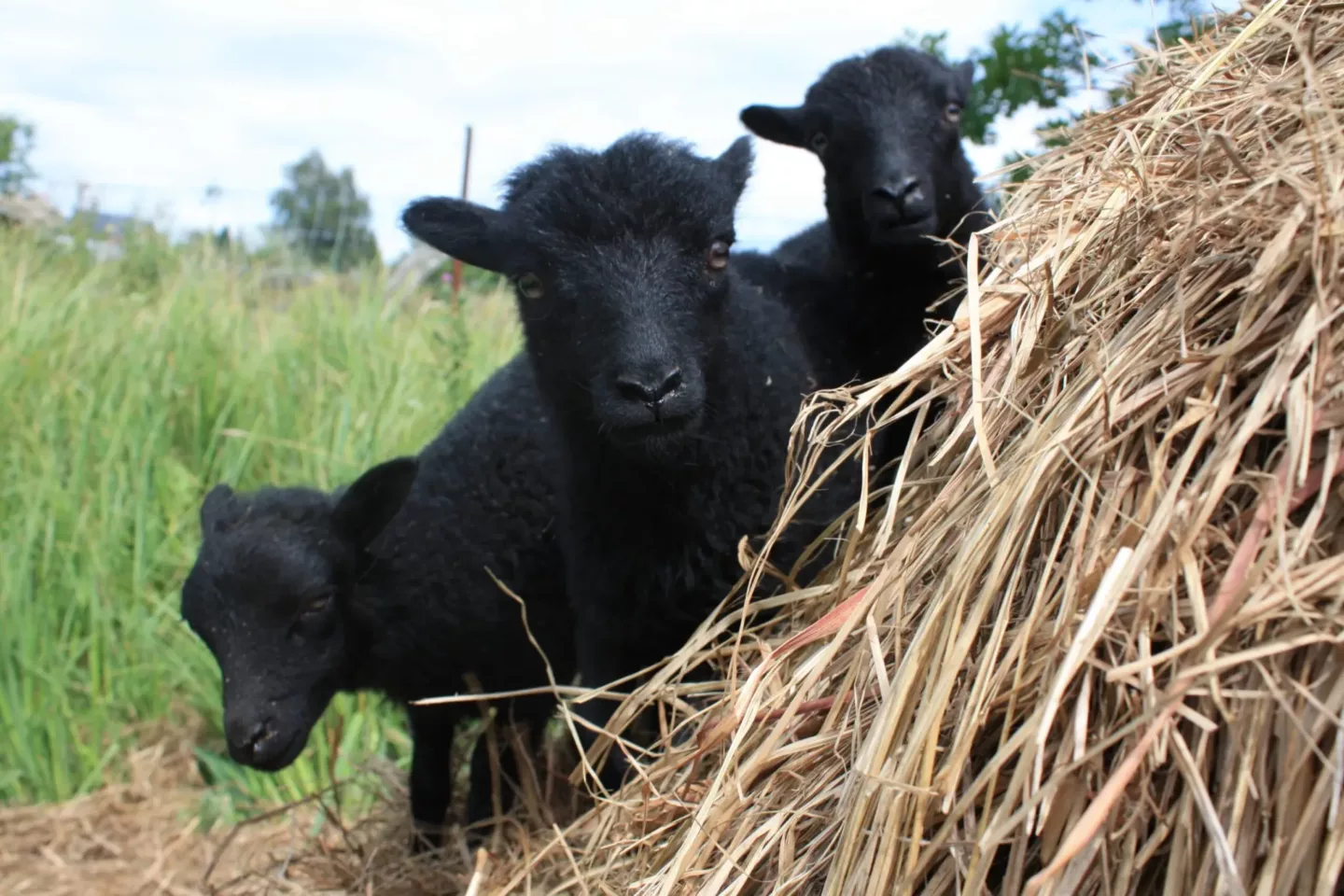
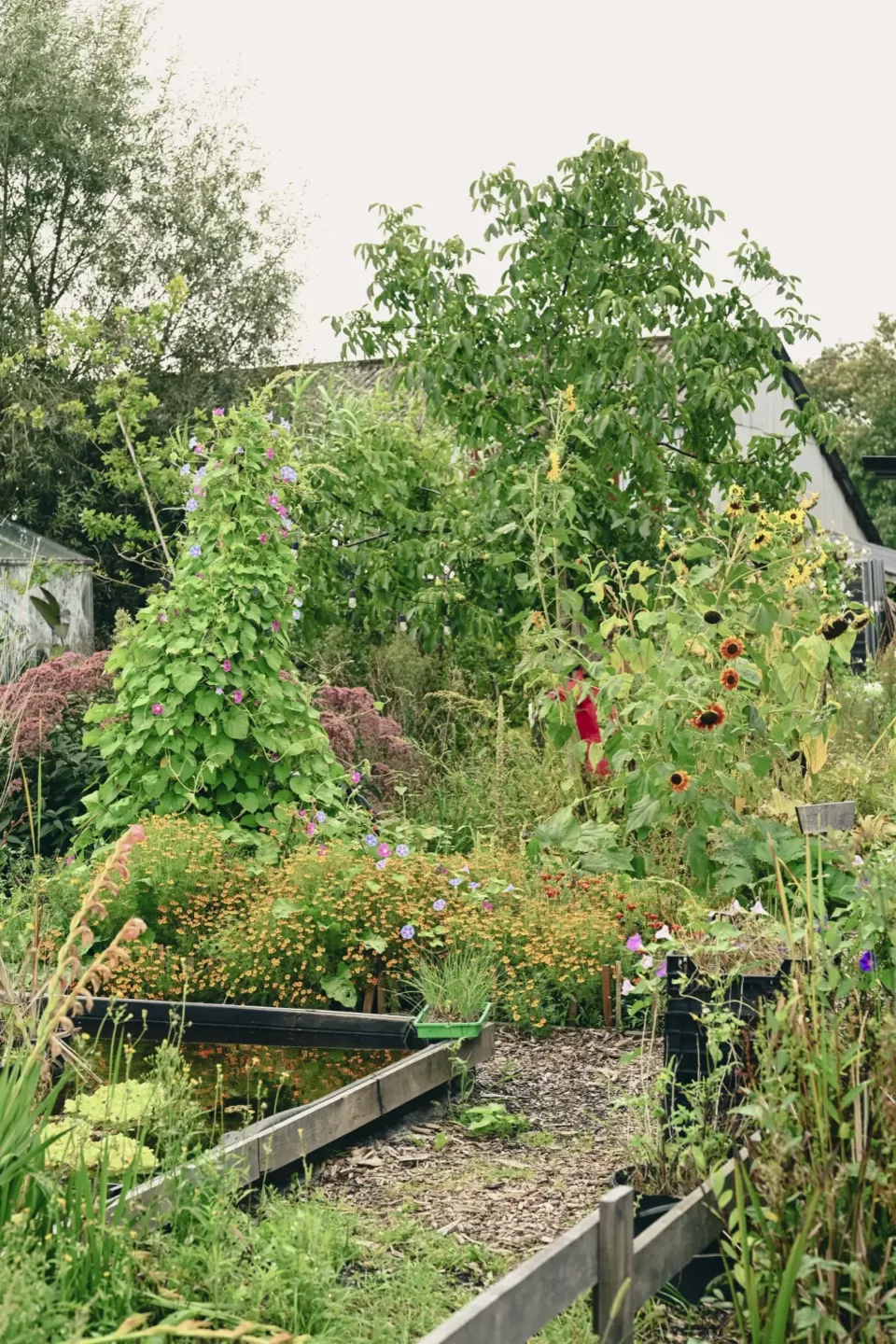
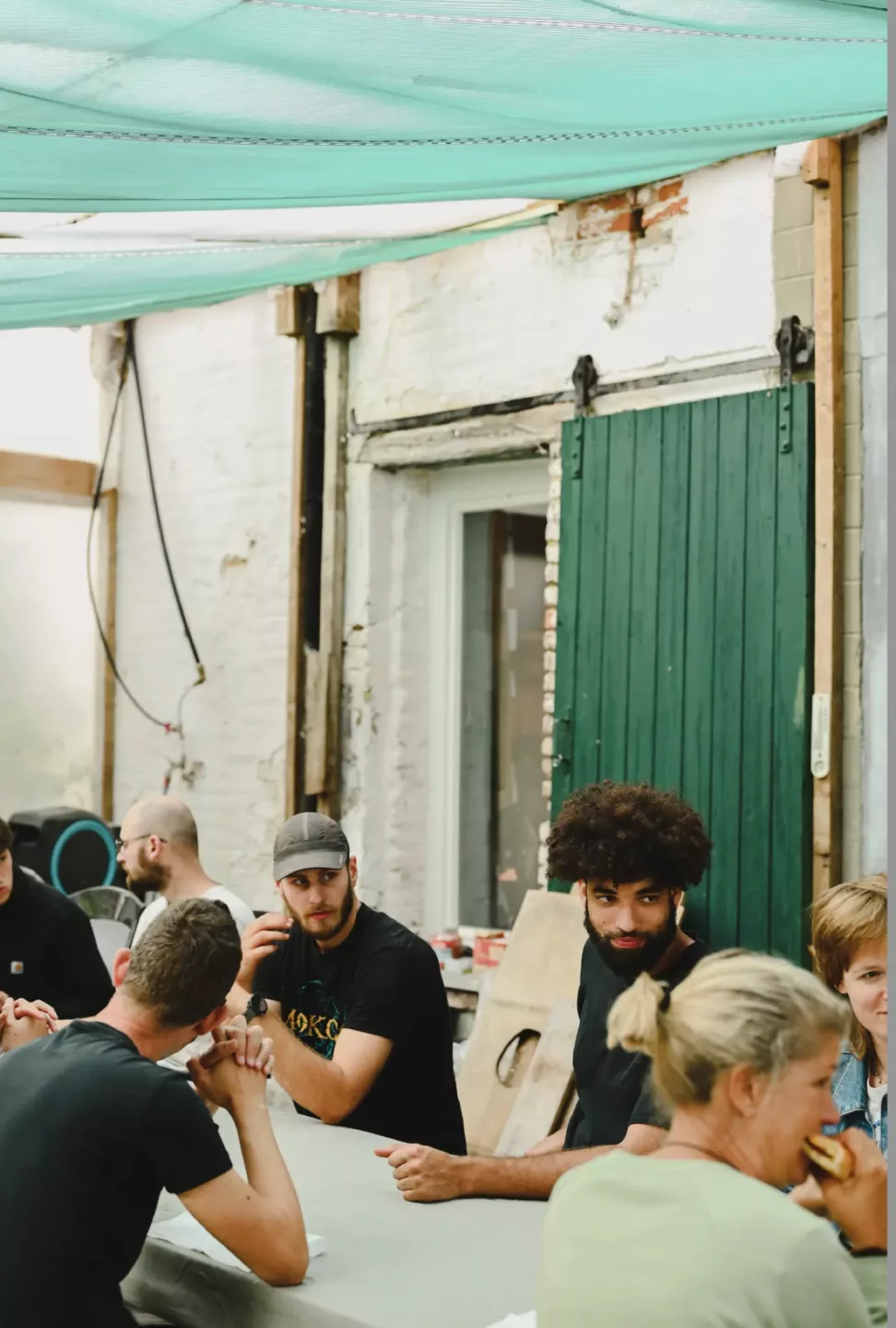
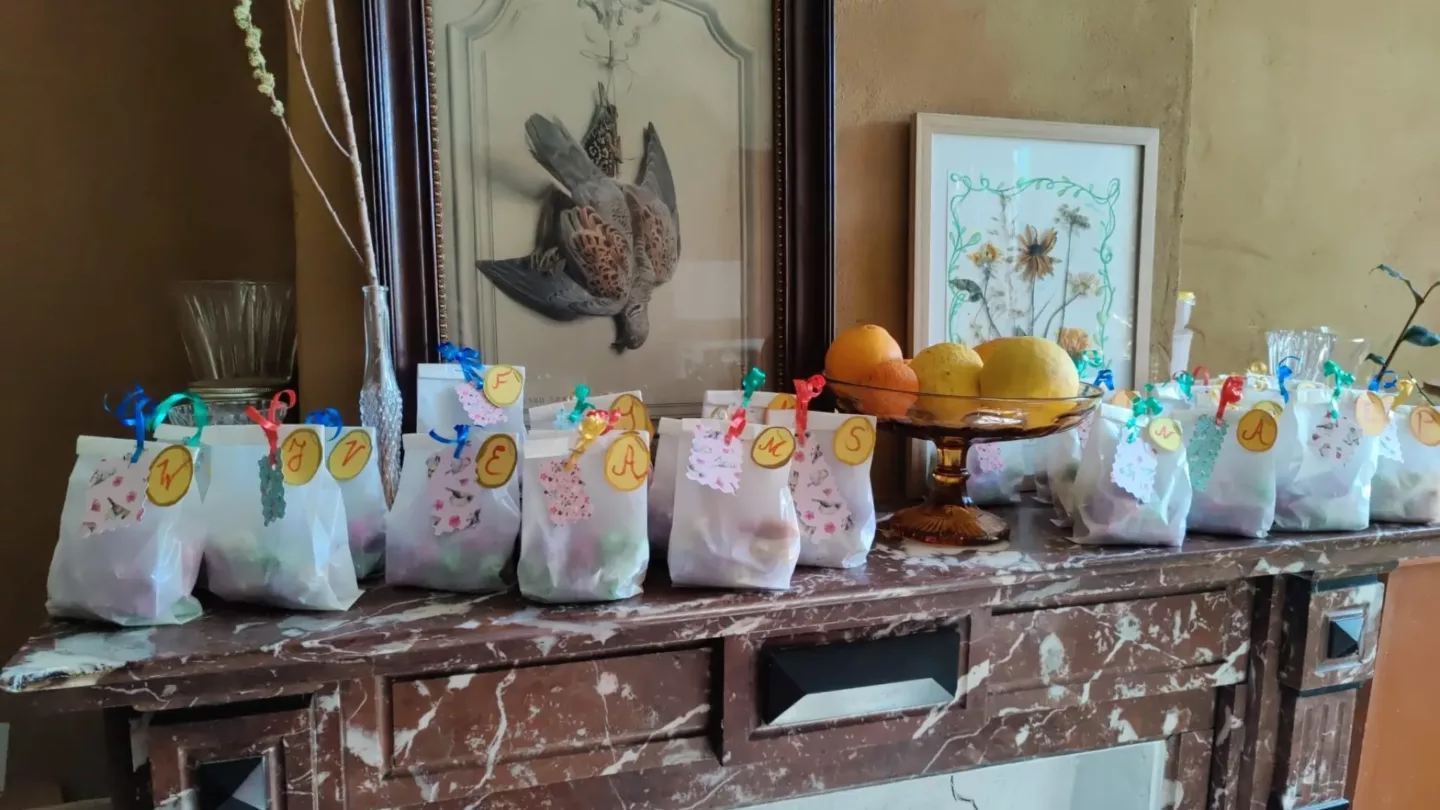

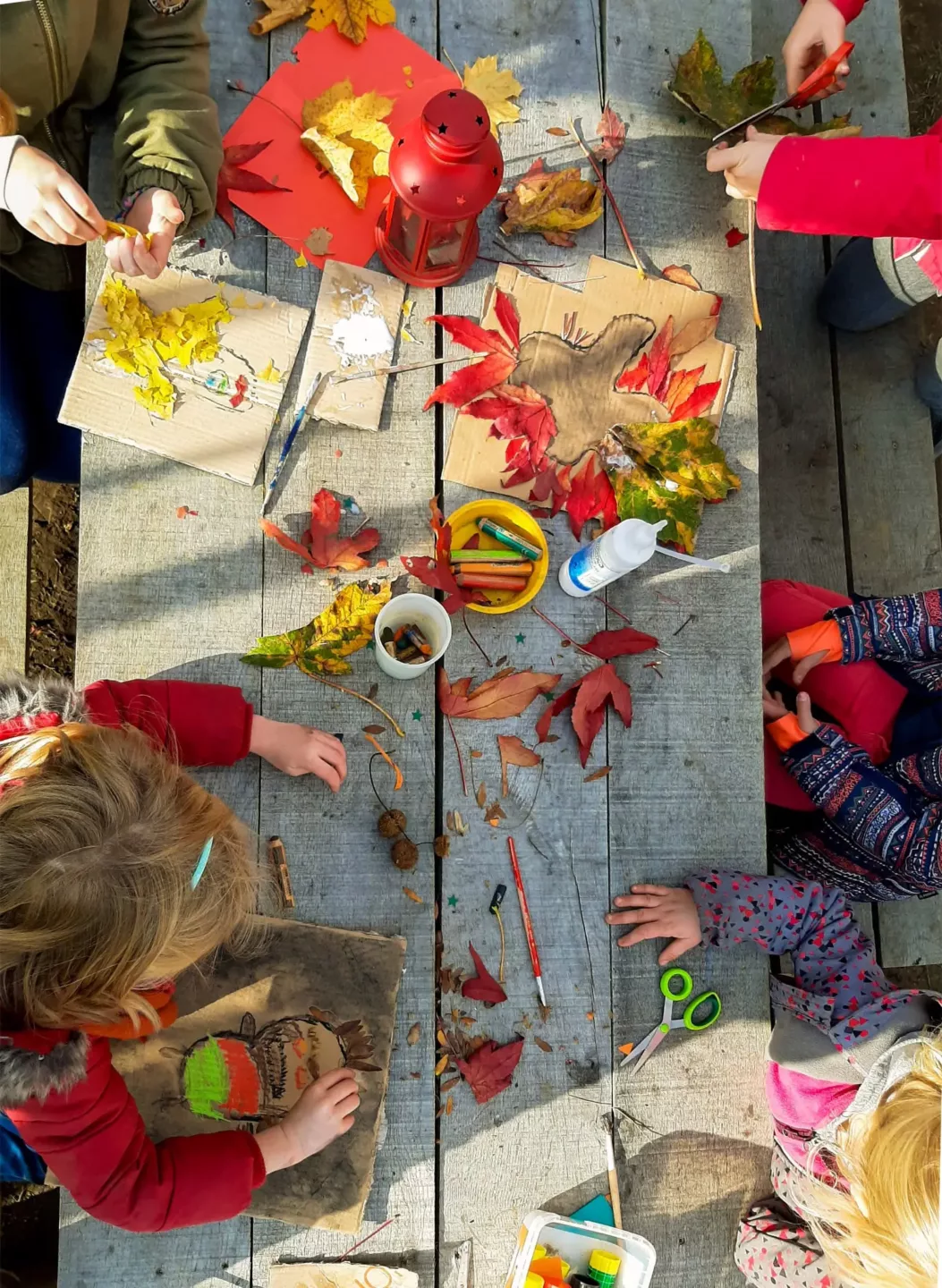
Natuurtalent is a non-profit association that aims to reconnect people with nature and with each other, focusing on children, people with disabilities and elderly people.
Jeshile is a spin-off, satellite design studio set up in Tirana, Albania, to work on the specific Mediterranean condition. Located in the city centre, it focuses on restoring nature in dense urban fabrics as well as tackling the particular challenges of rural landscape projects.
Maakatelier creates wooden constructions using locally sourced wood—ranging from custom furniture to large-scale spatial interventions. Their approach emphasizes circularity, low-impact processes, and a close connection to place, contributing to more sustainable ways of building and living.
A laboratory
– our design approach
We advocate for a stronger position of nature in our anthropic environments. By putting forward an ecosystem driven design approach, we put nature at the heart of every project. The focus becomes something living, a counterpart for the built environment, able to surprise and allowed to evolve. As we envision biodiversity as a greater goal than just ‘beauty’, our design approach includes wider scientific and practical knowledge of how species interact with each other.
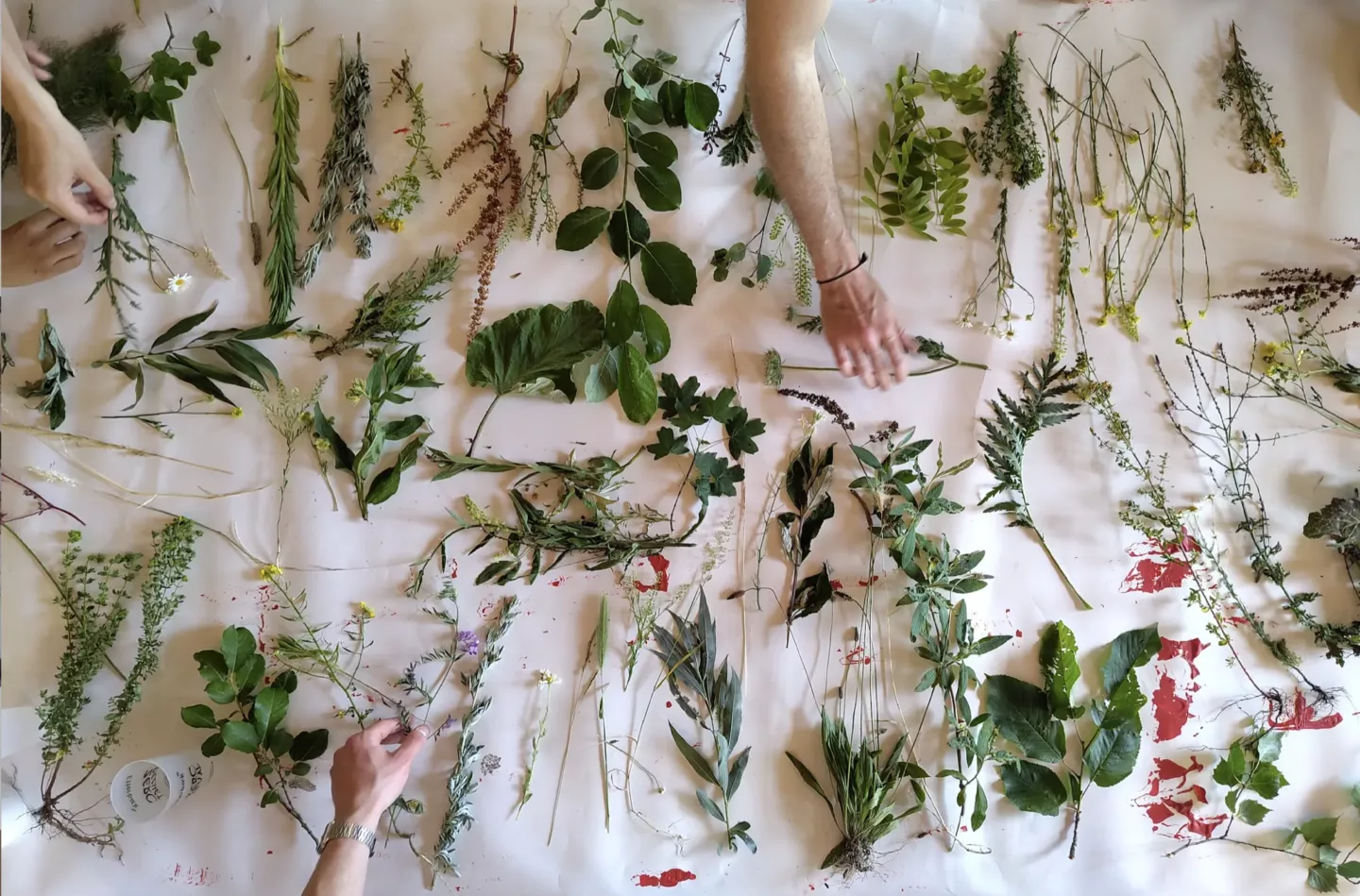
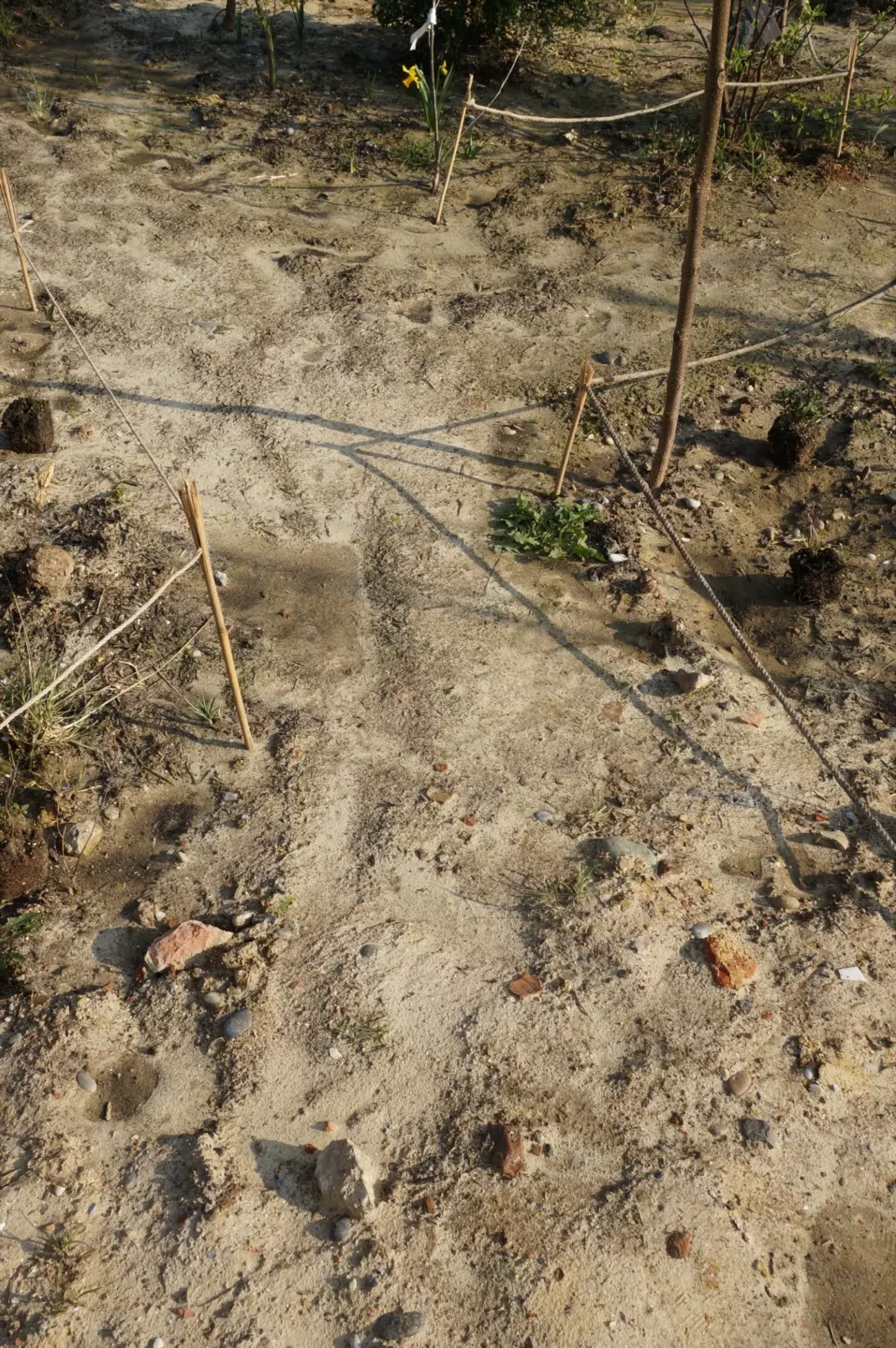
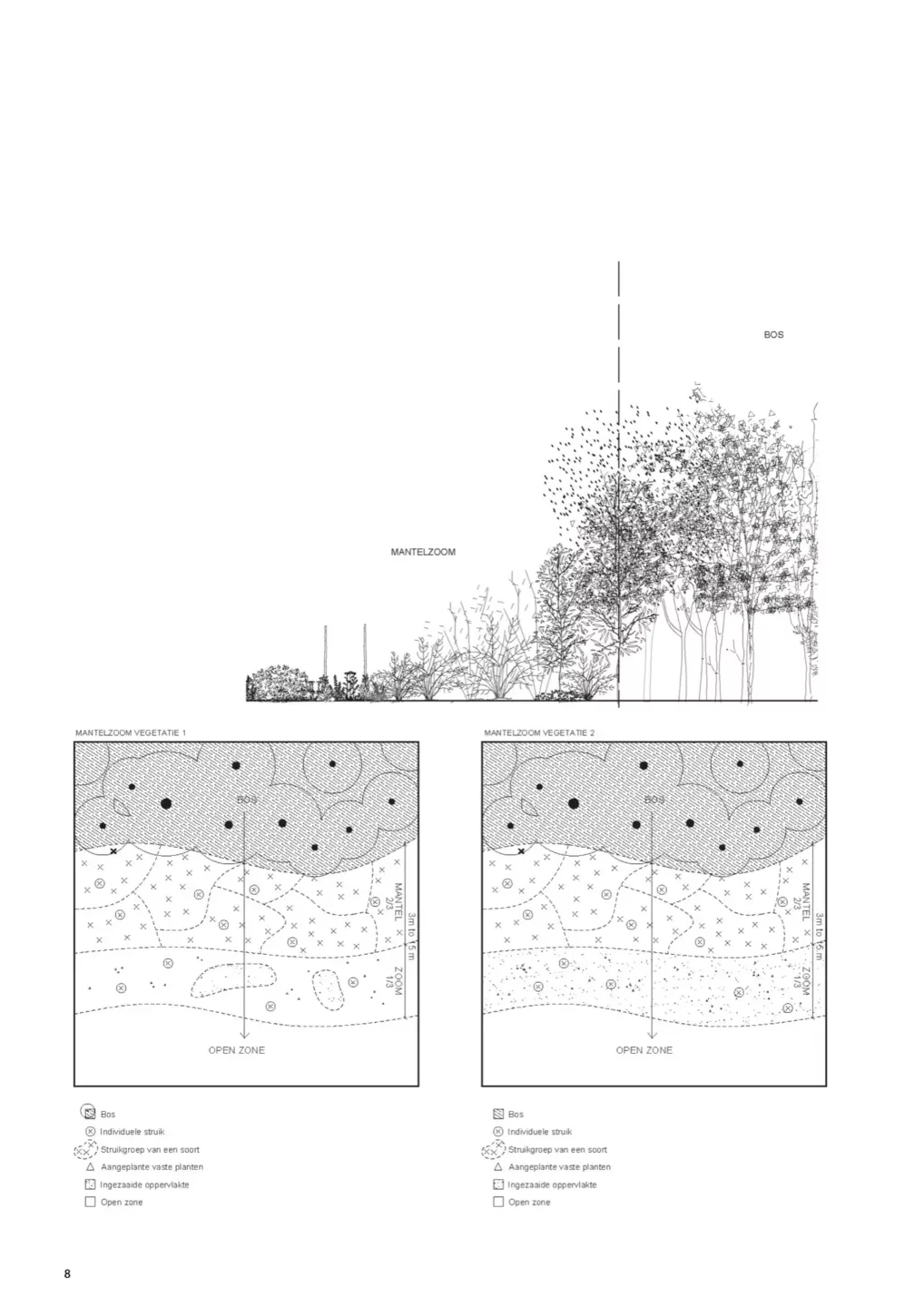
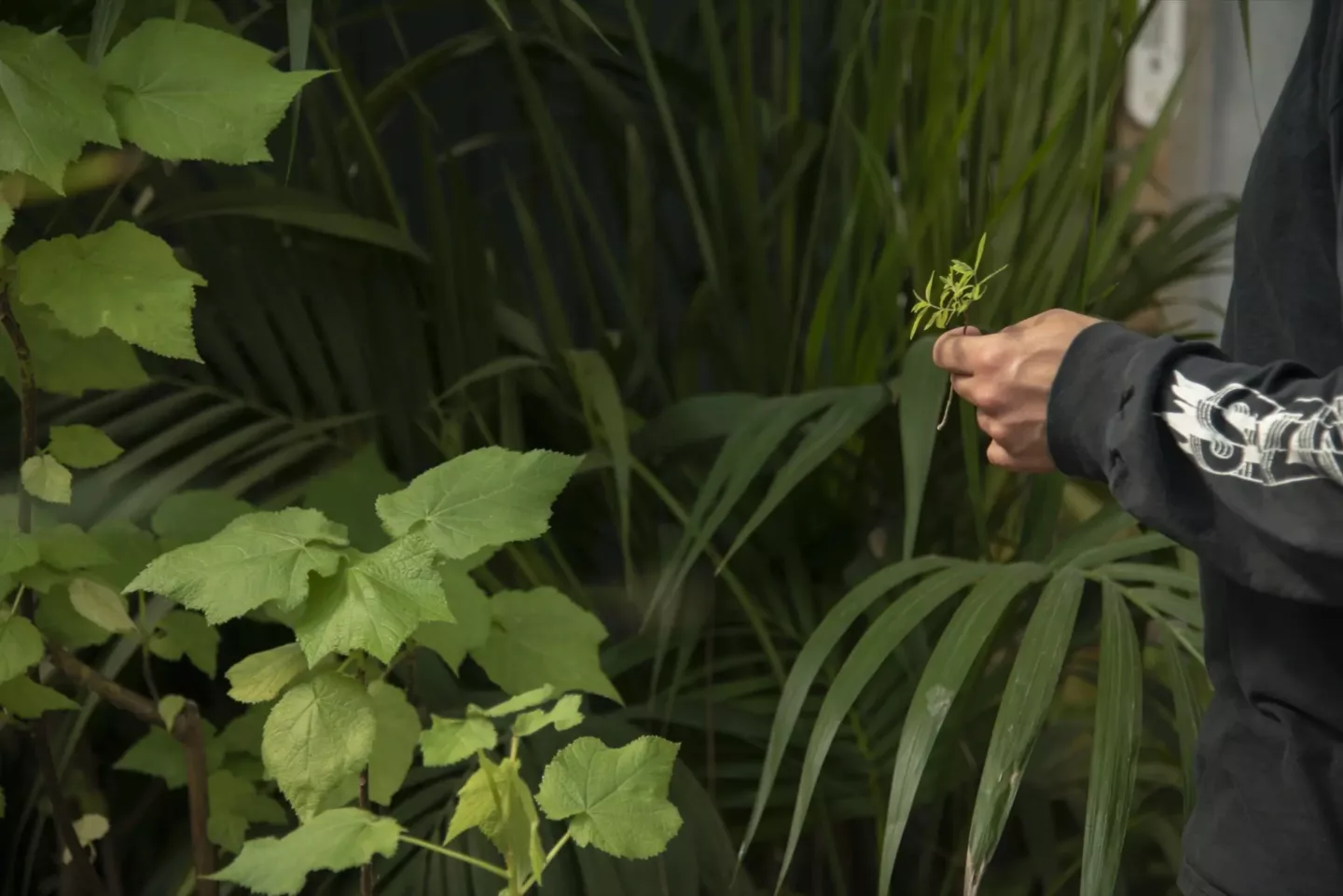
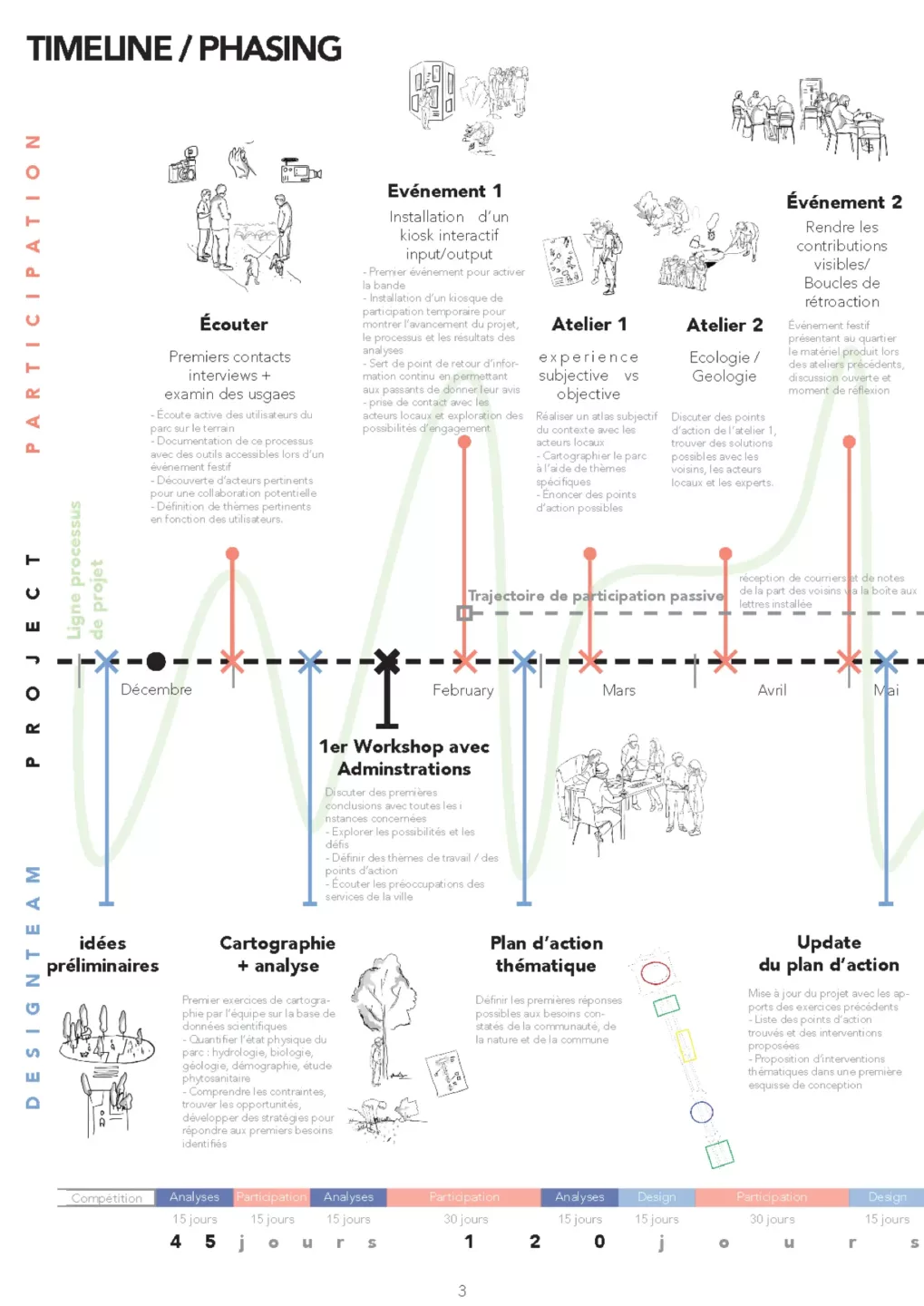
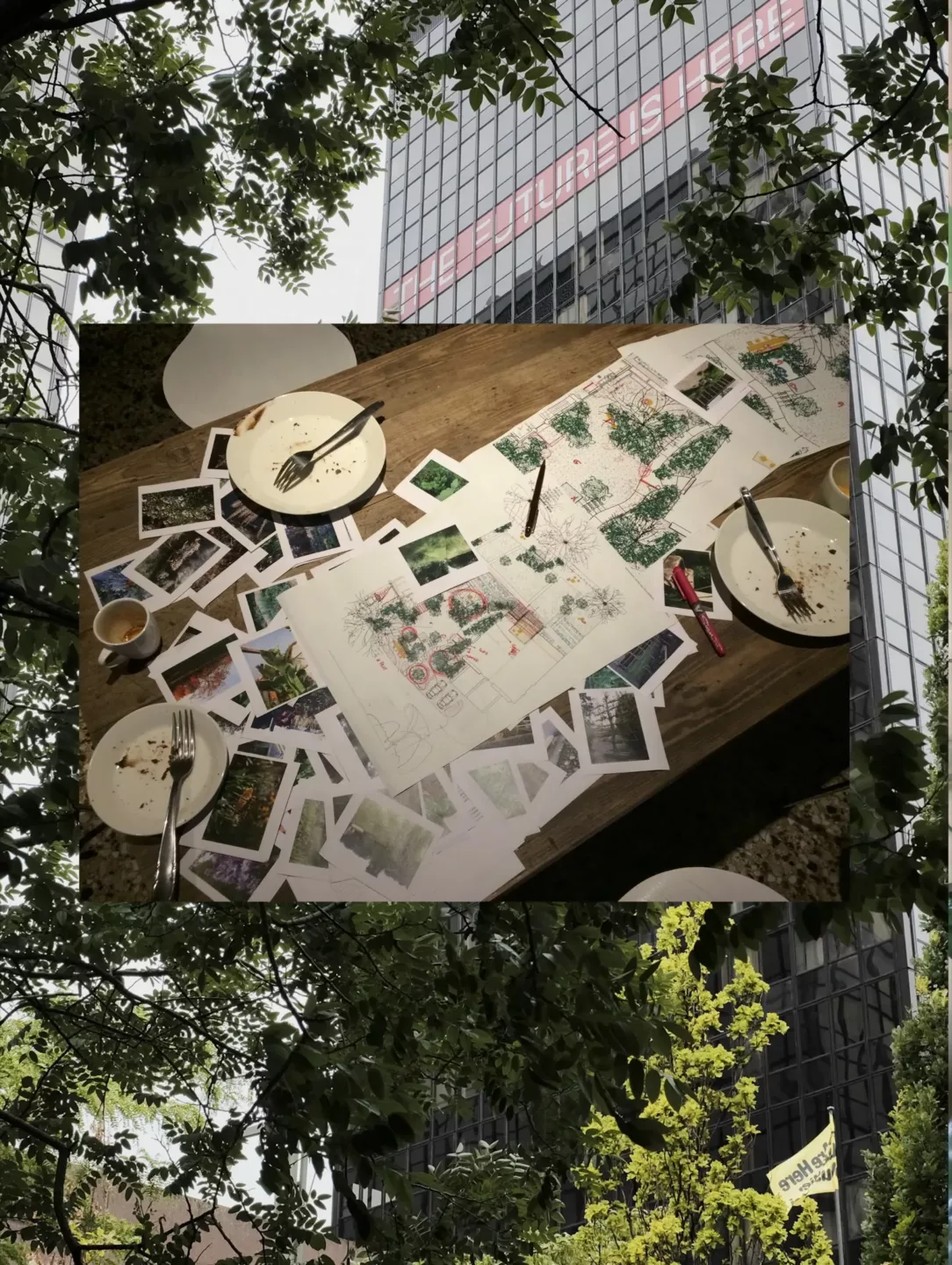
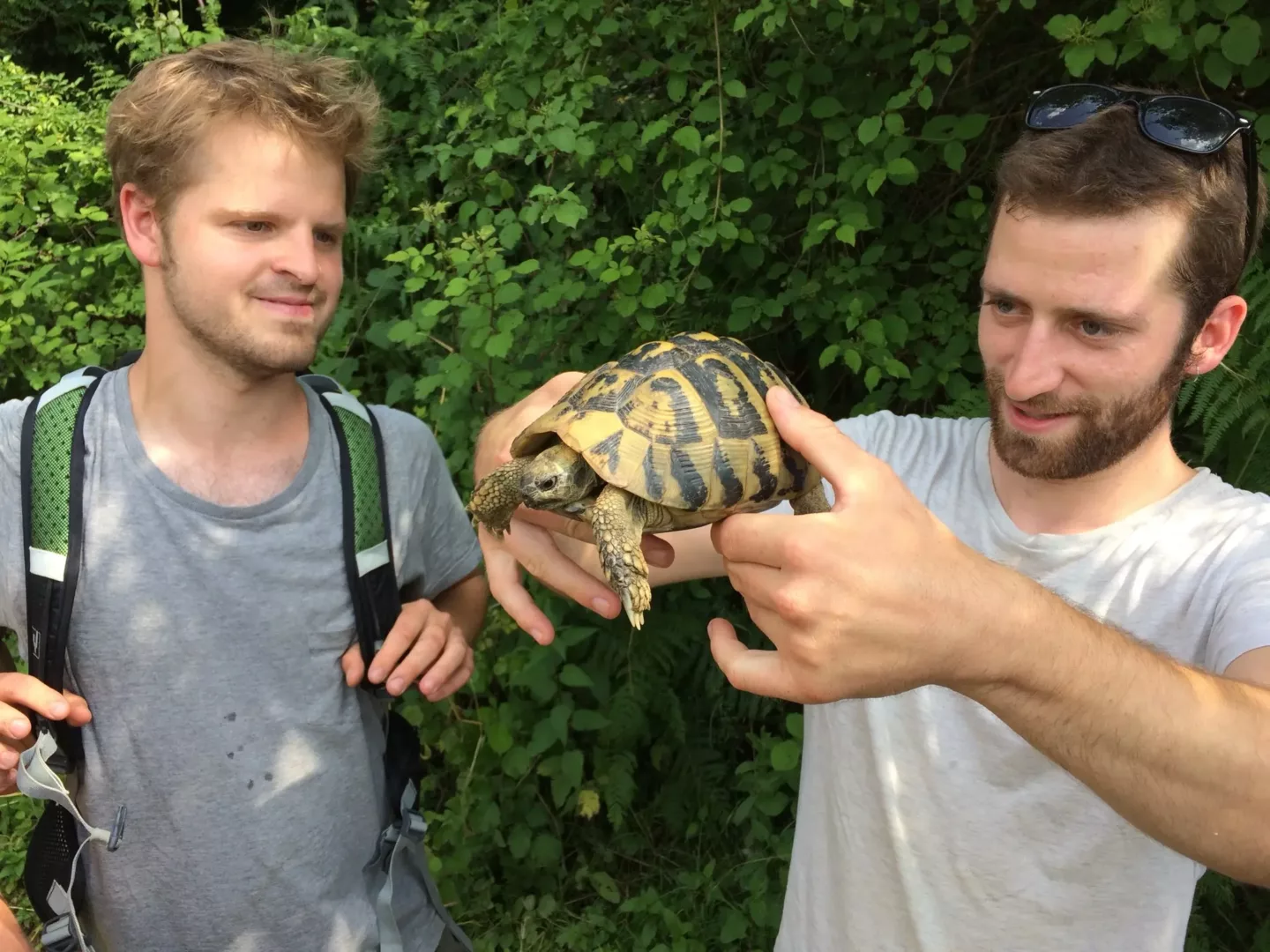

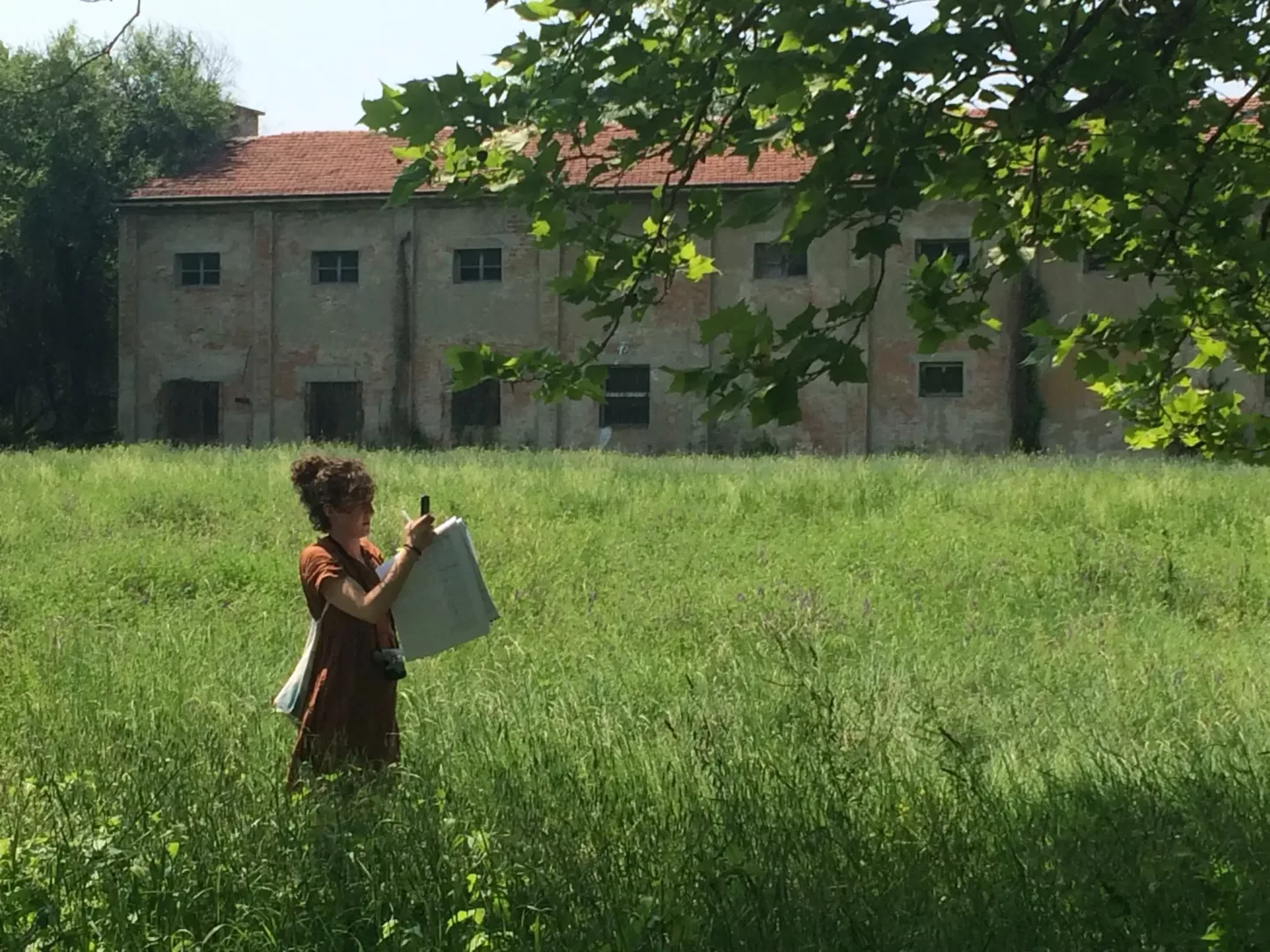
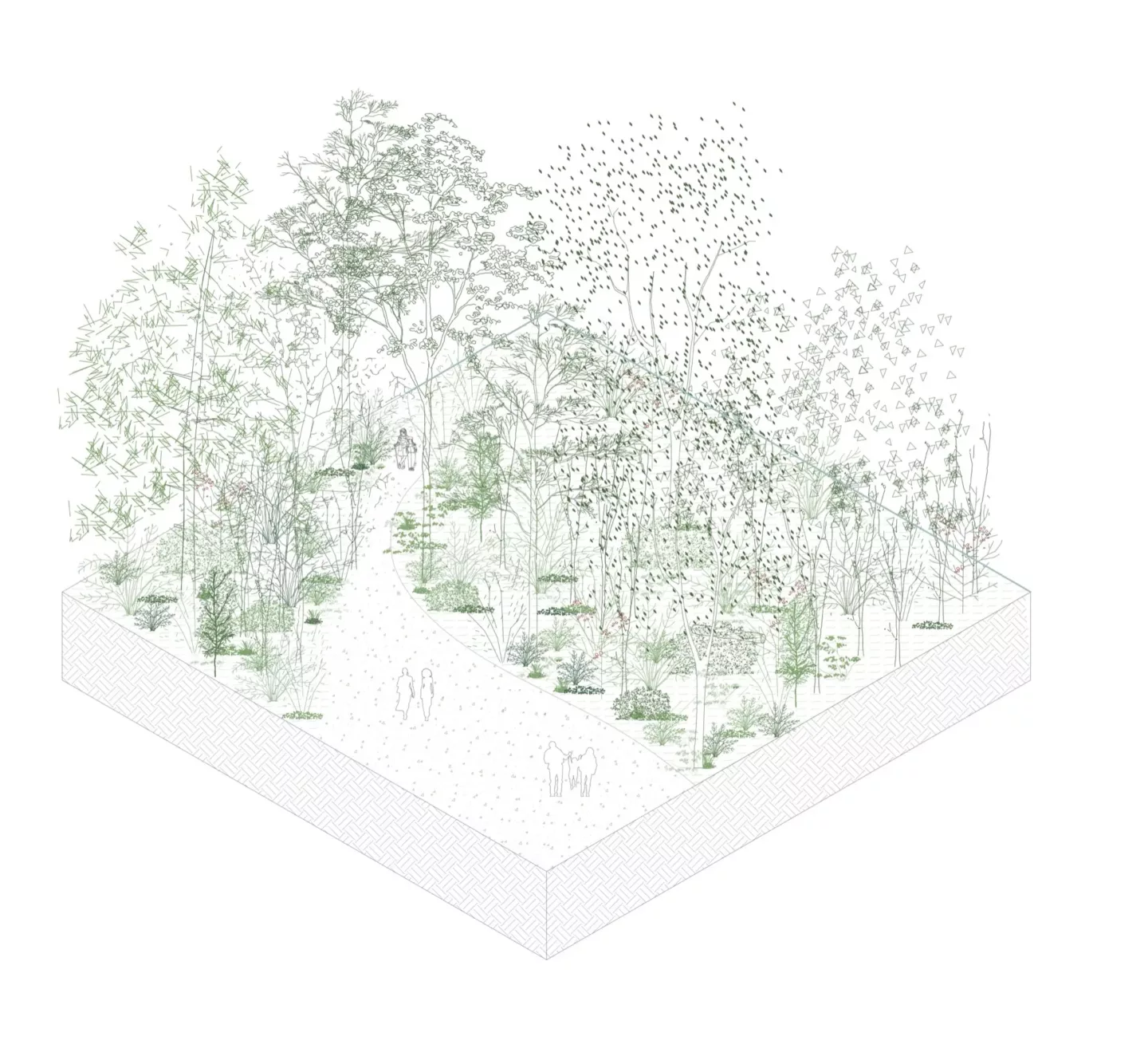
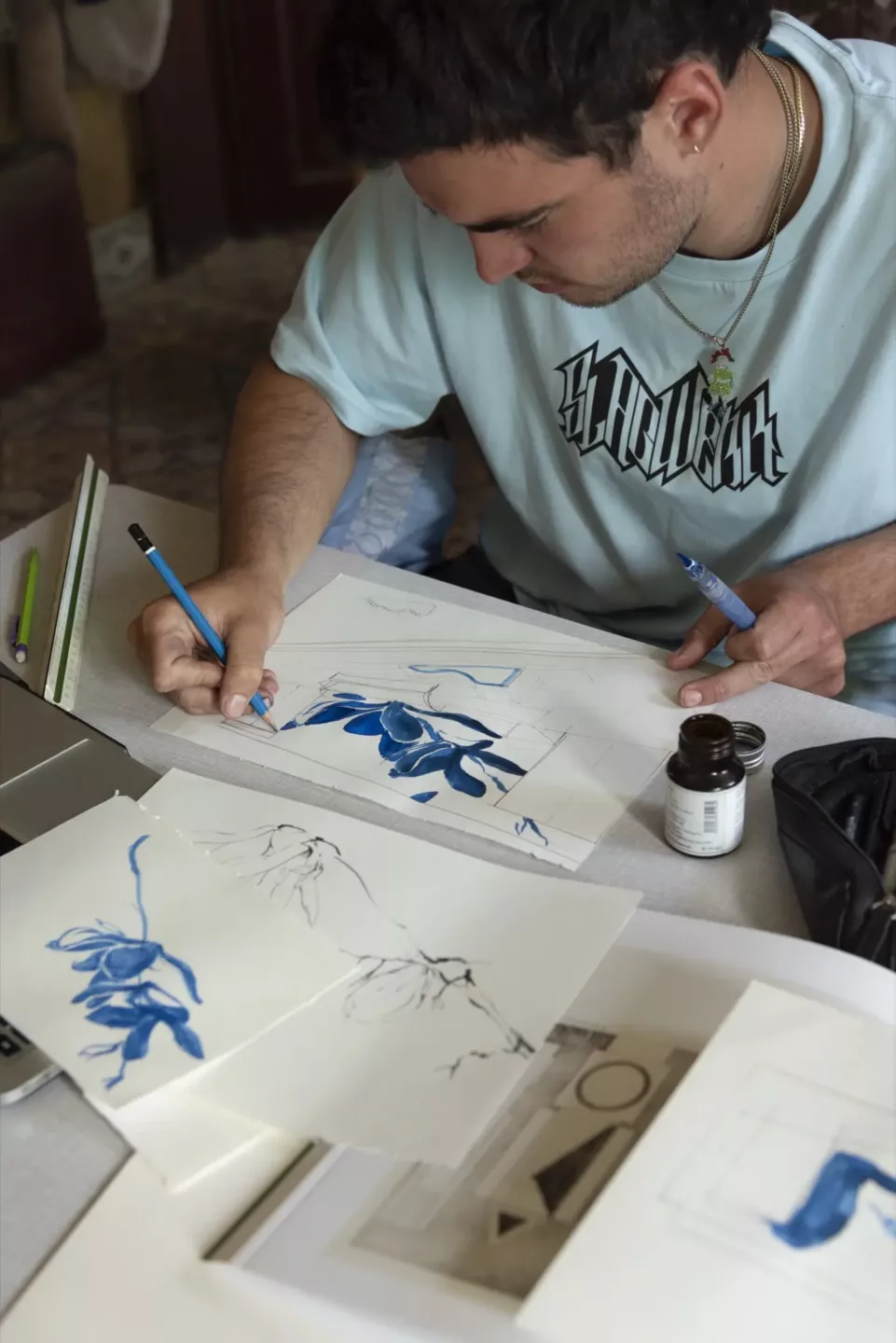
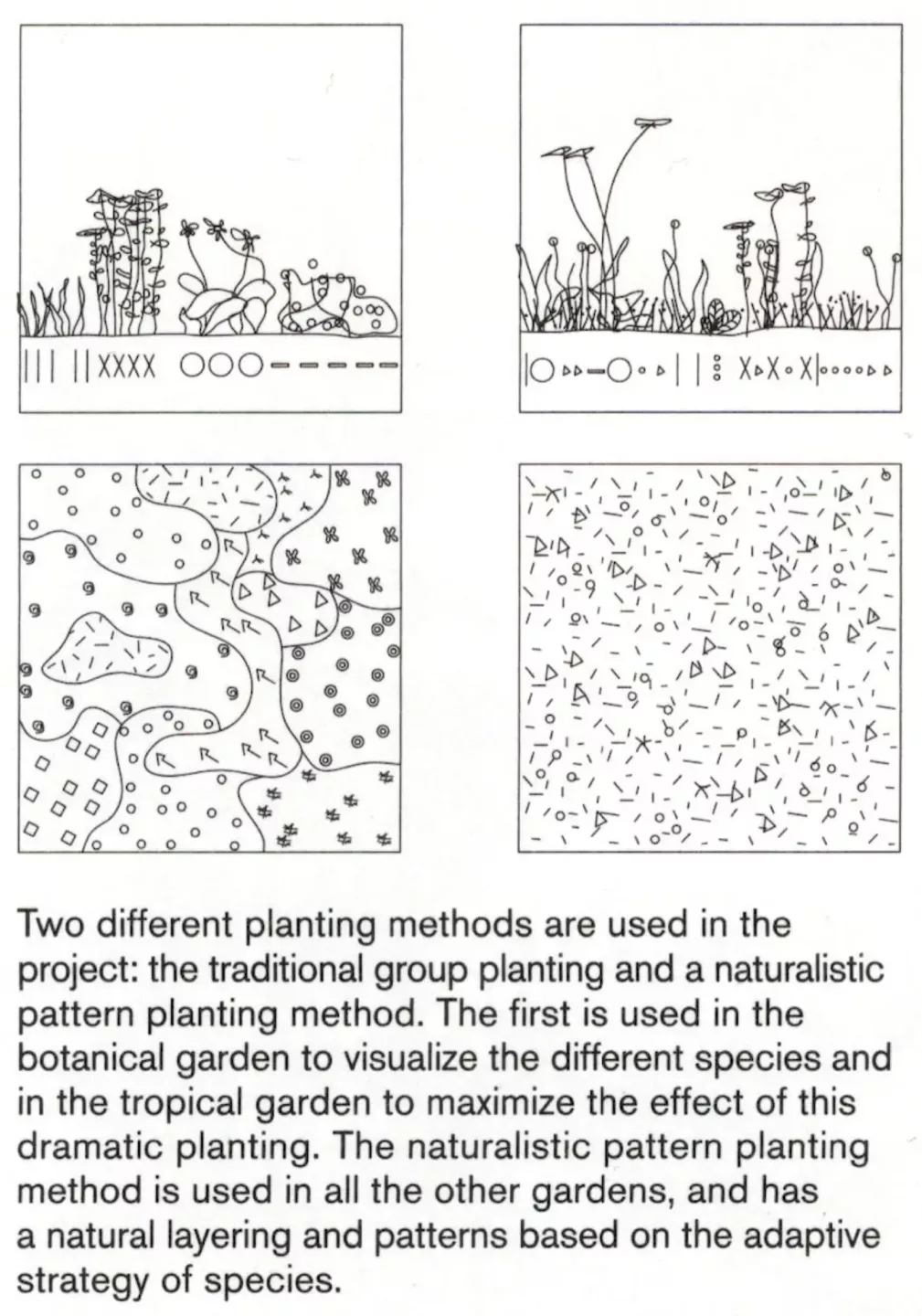
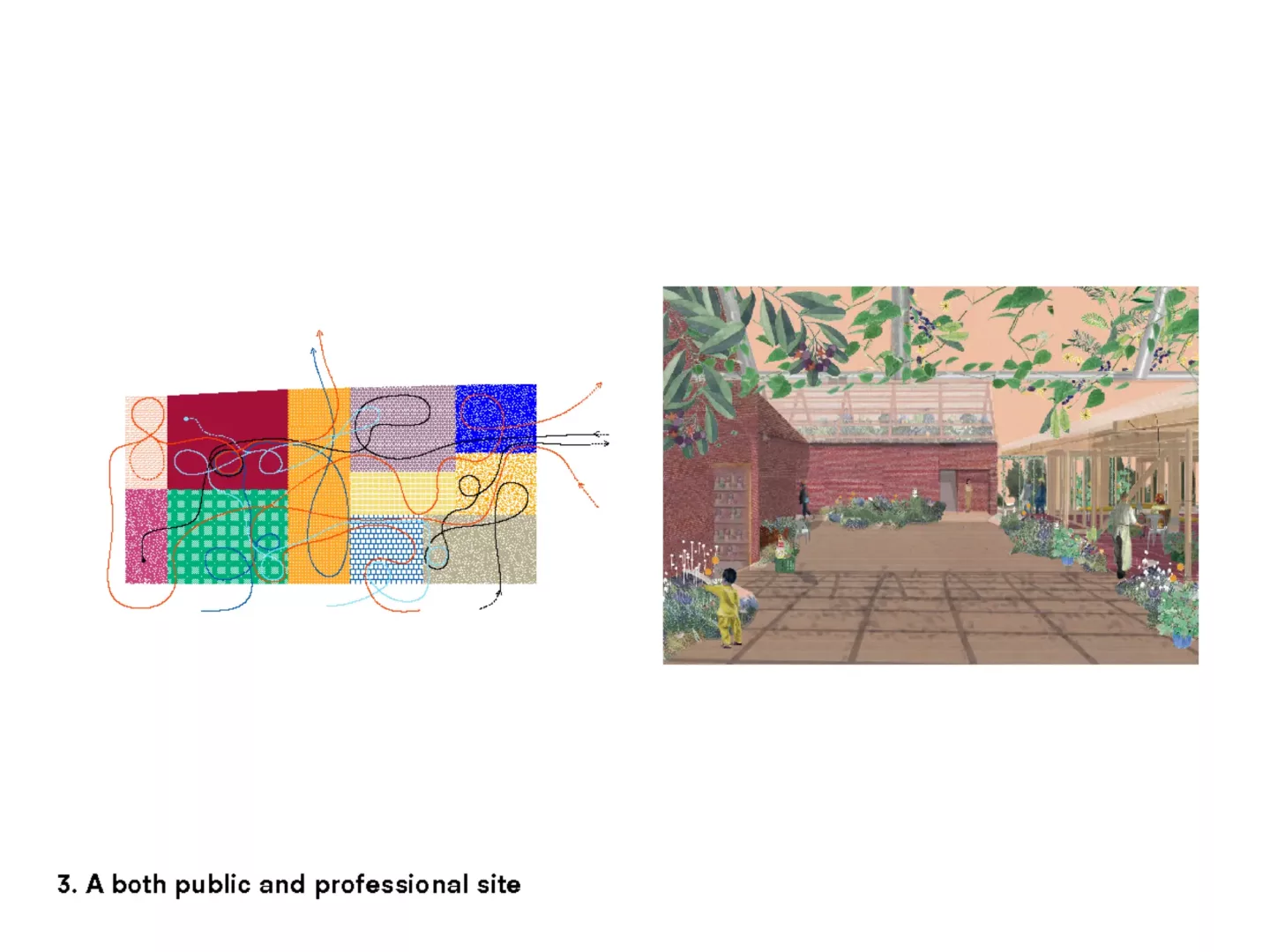
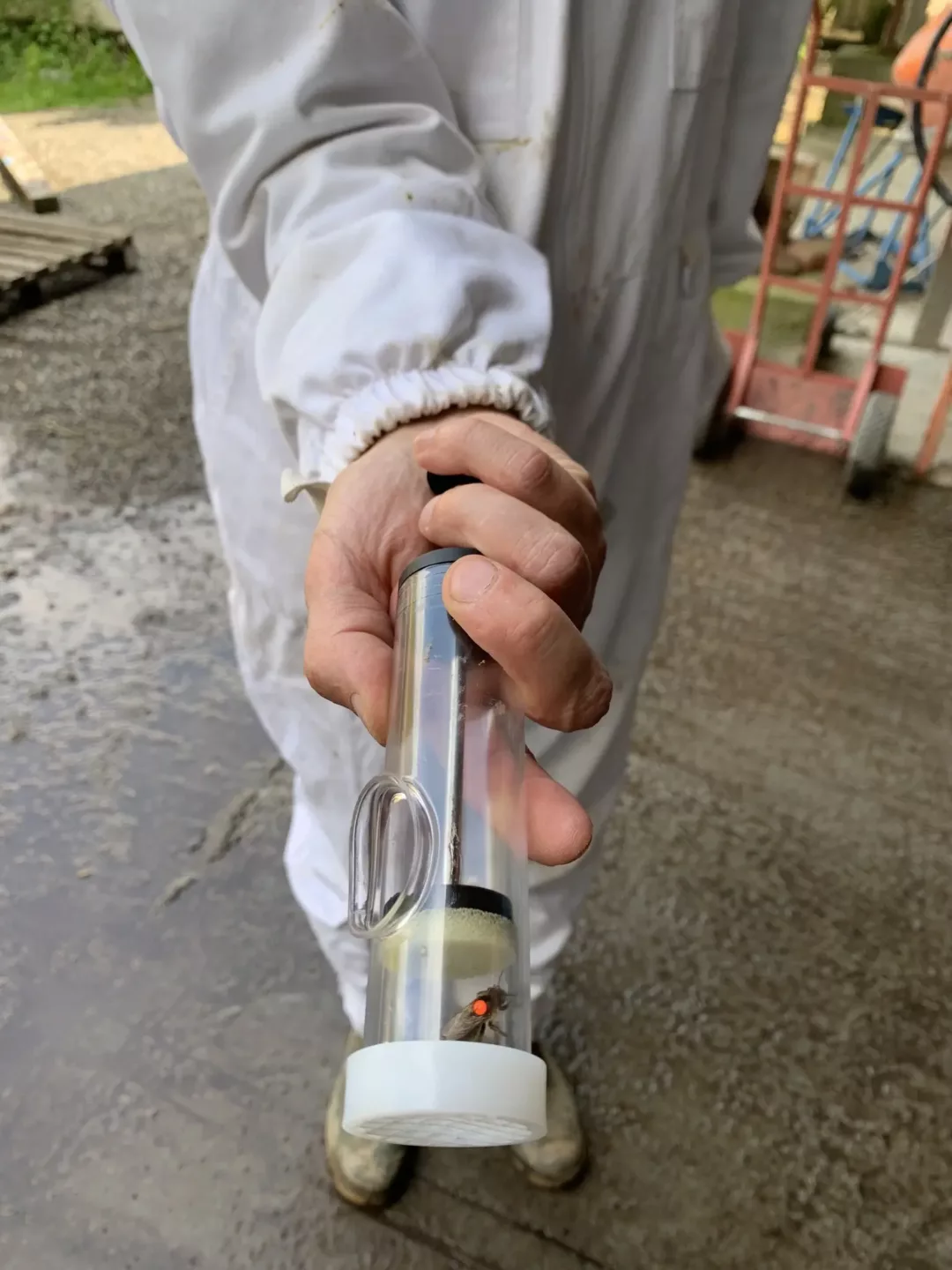
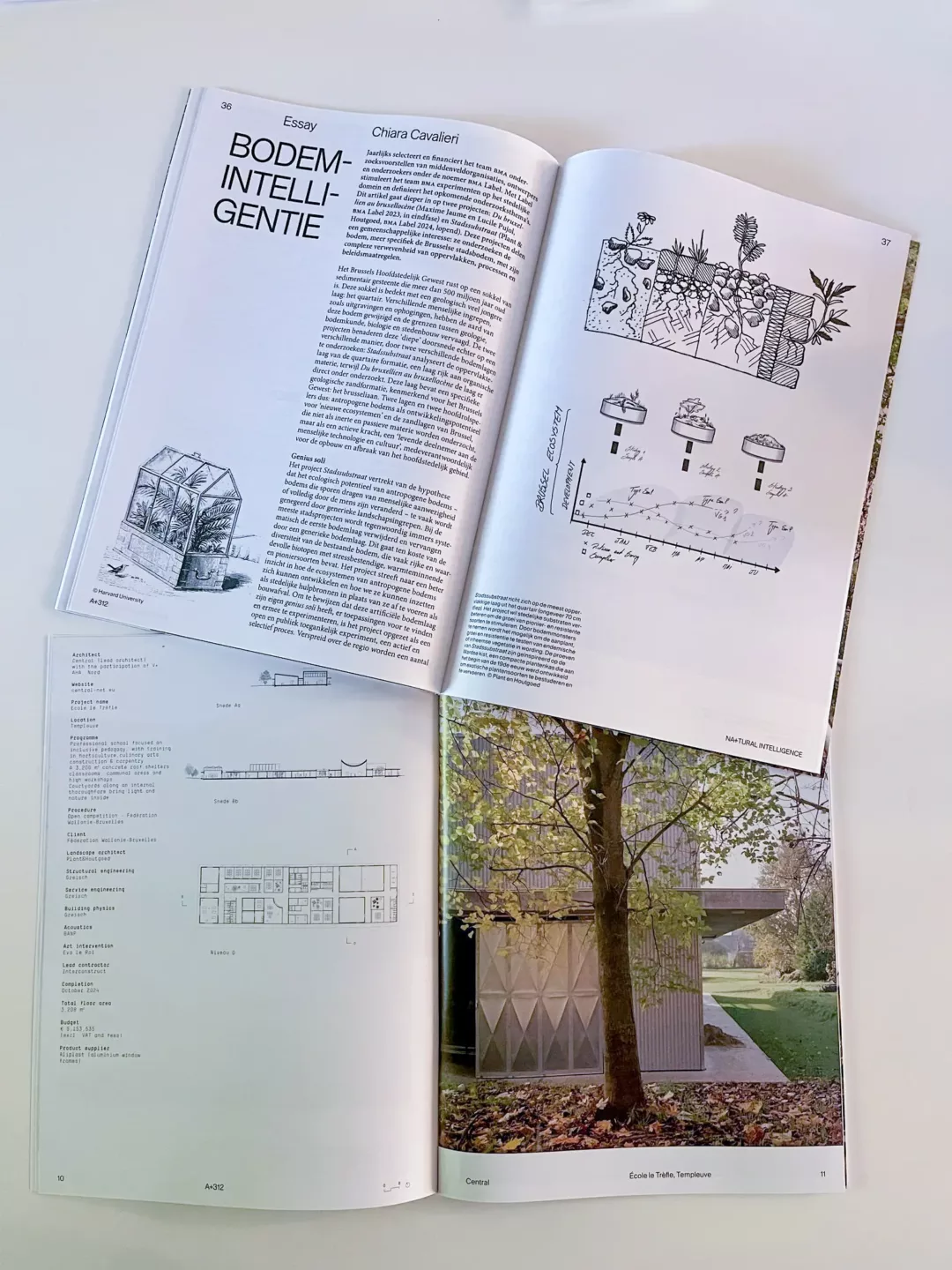
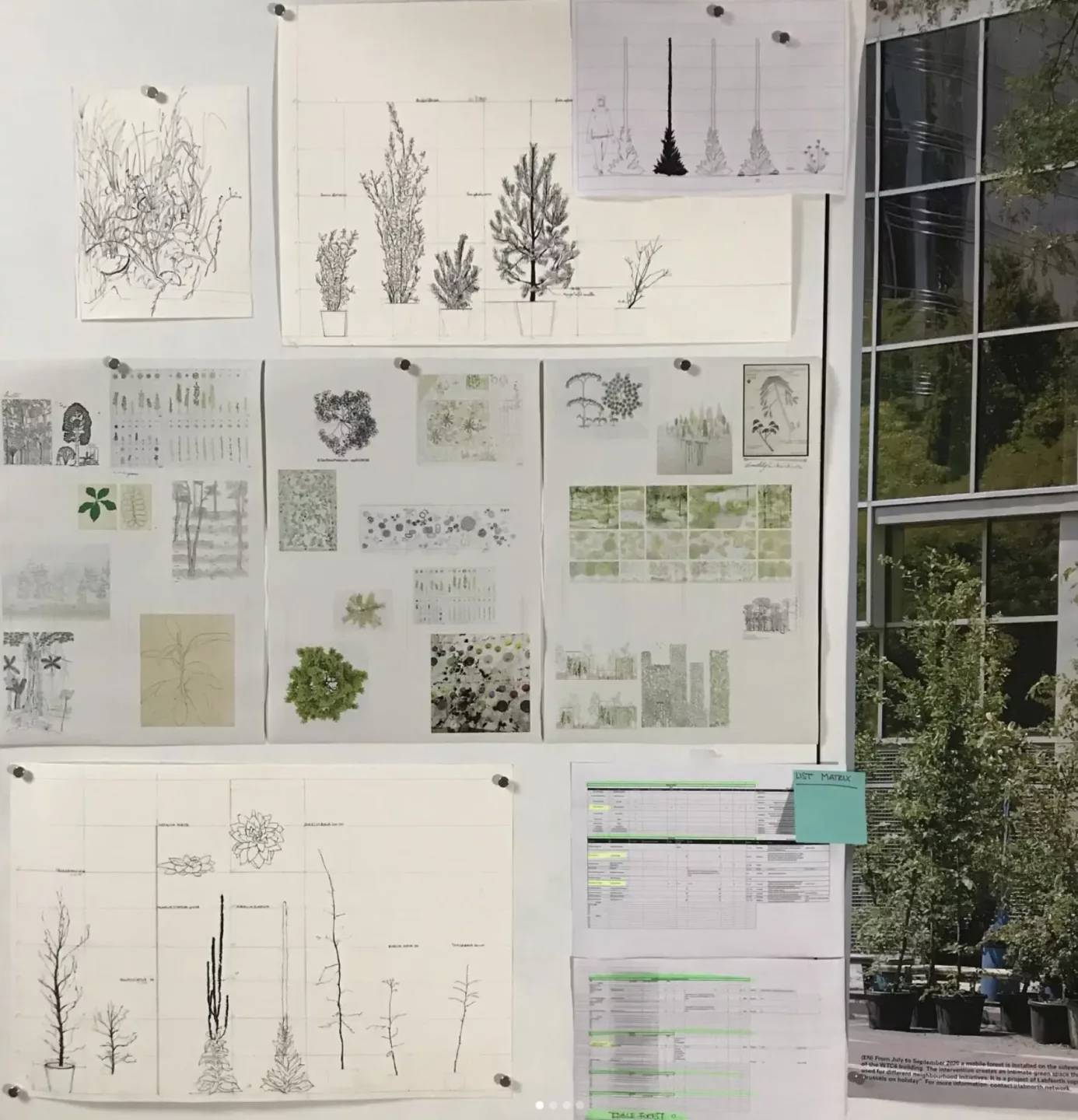
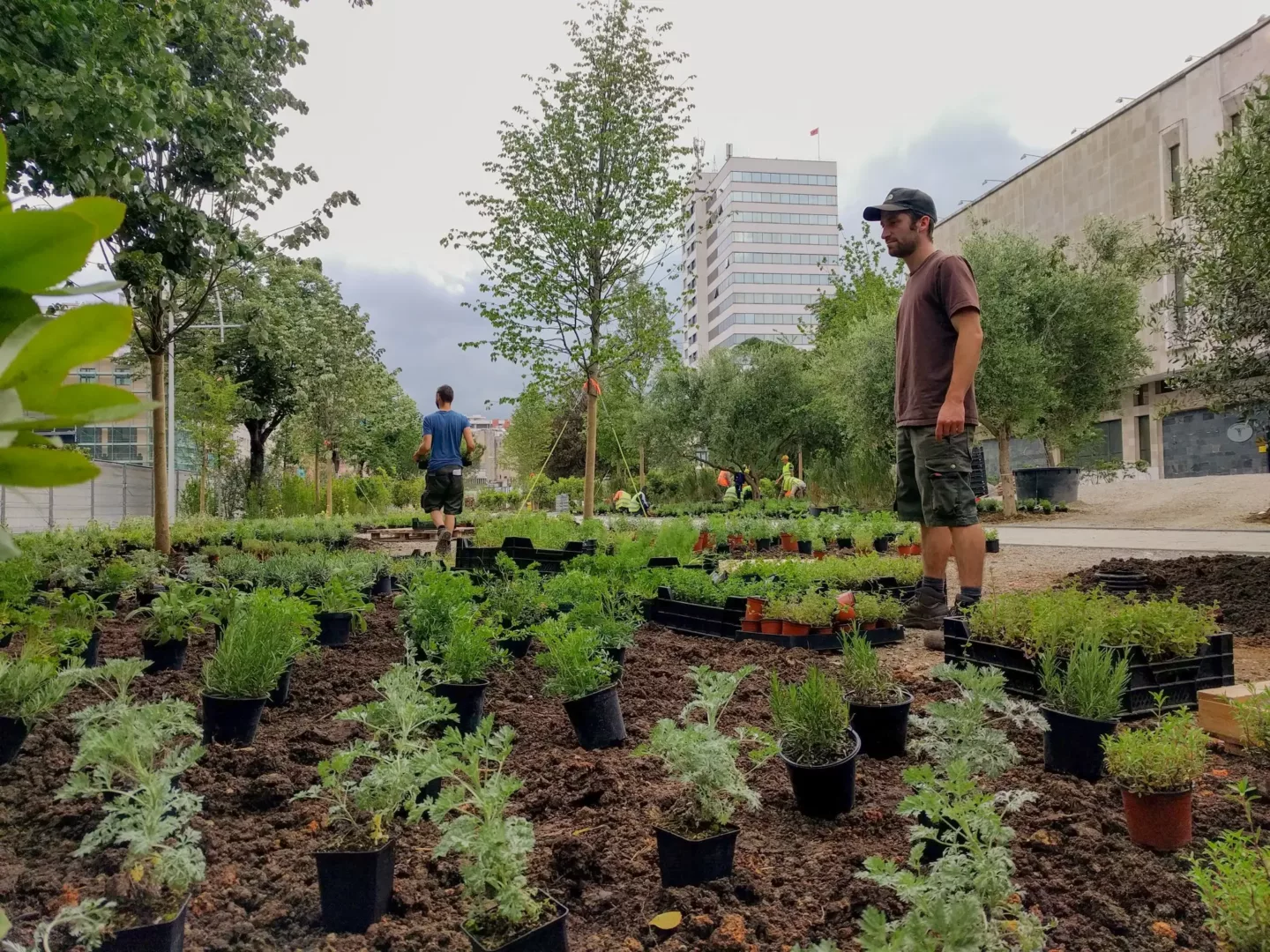
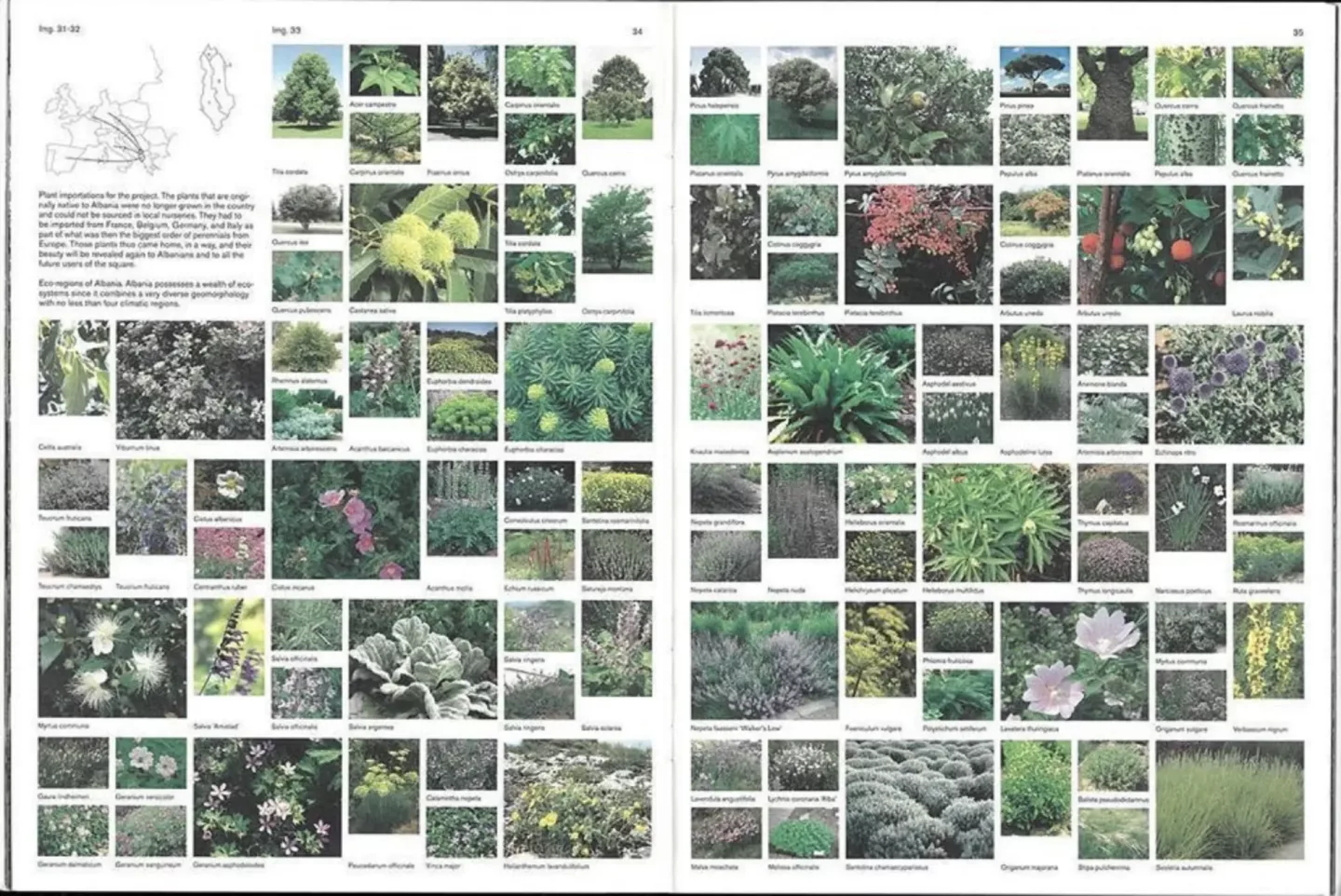
Given there are no manuals to predict the behaviour of species outside of their privileged habitat, experimentation is key to produce new knowledge and aesthetic values. We carry such experiments both at our farm in Hengstenberg and on site, in the projects we develop for clients, partners and local communities.
A community of plants and people
– our core values
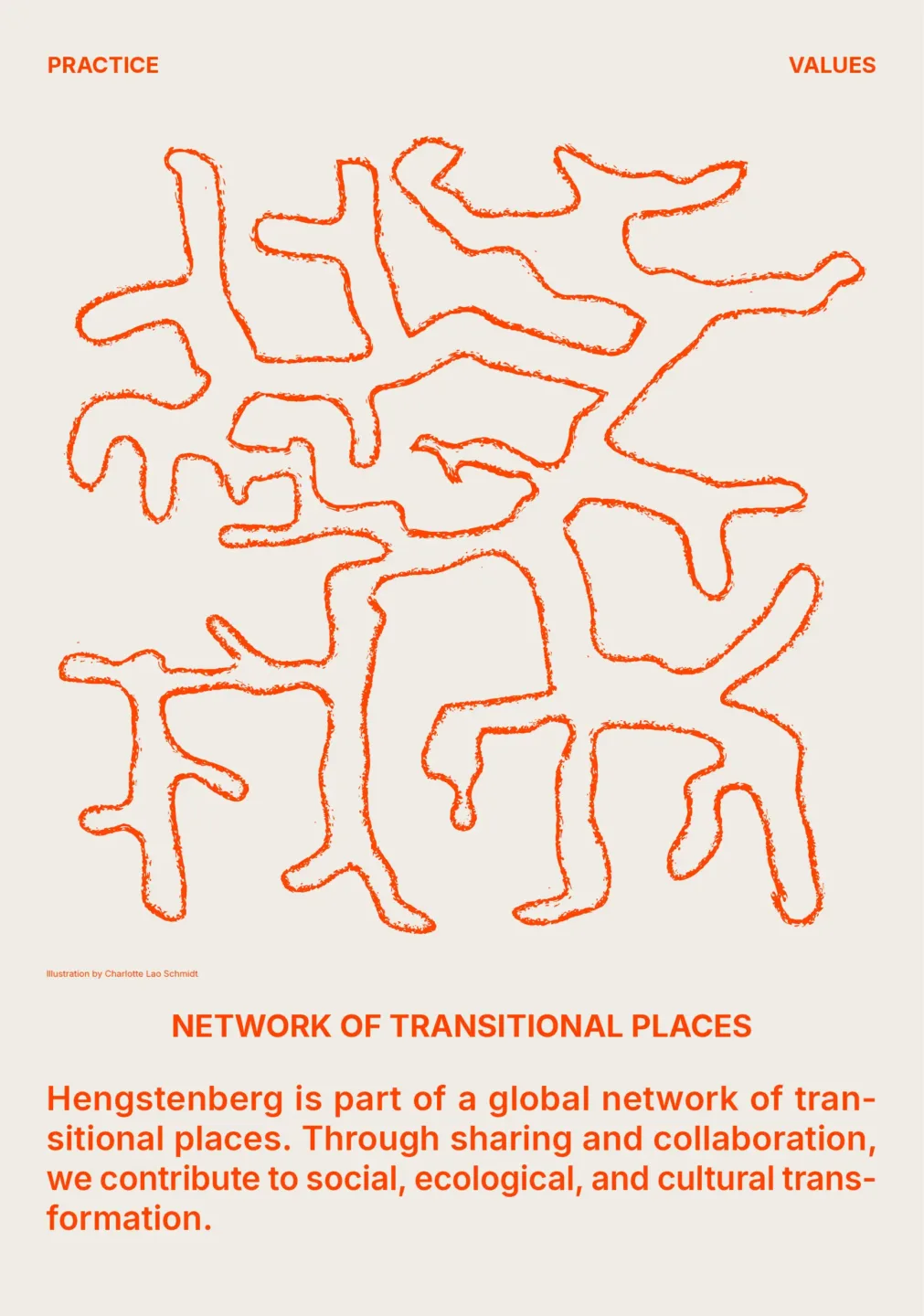
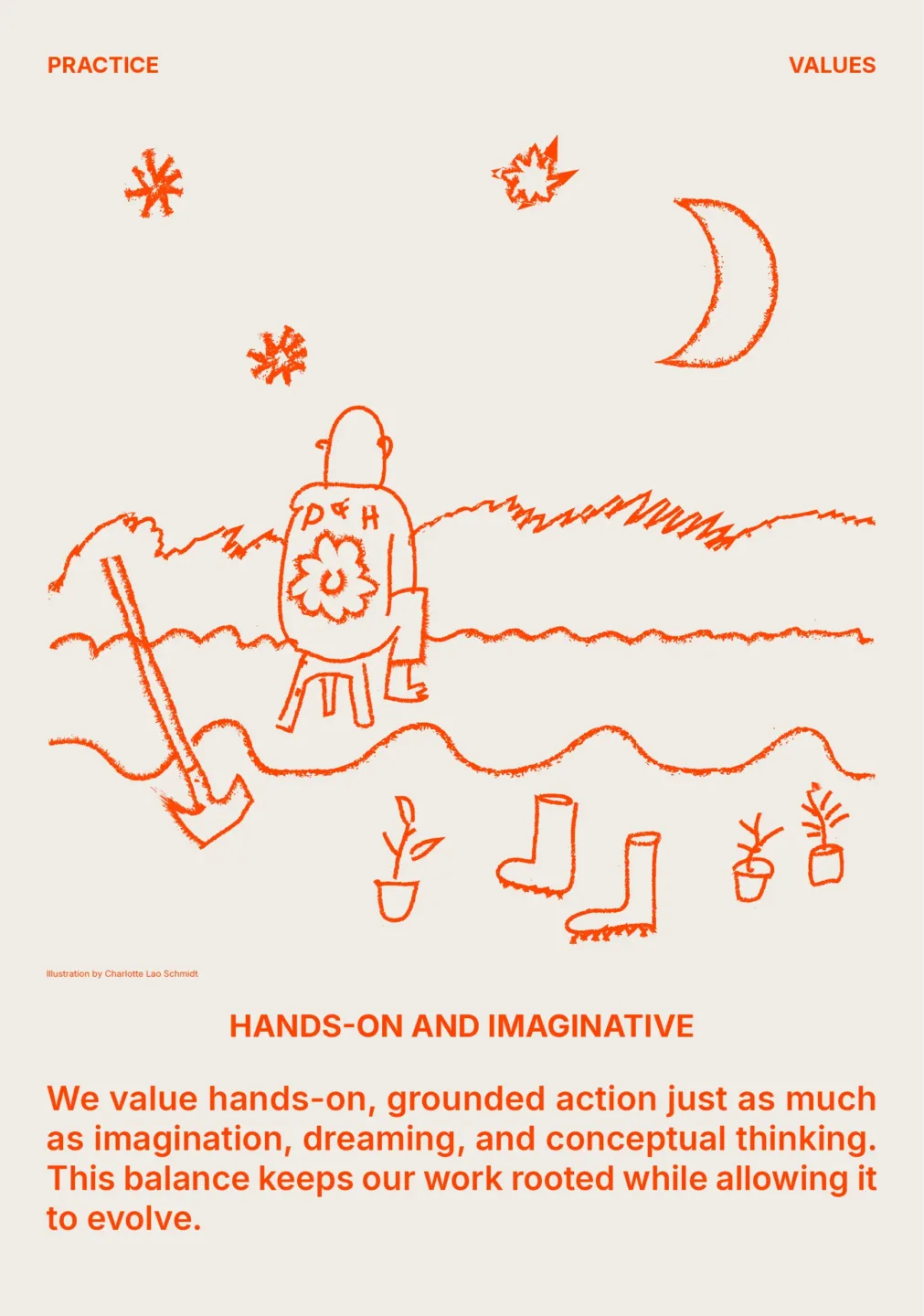
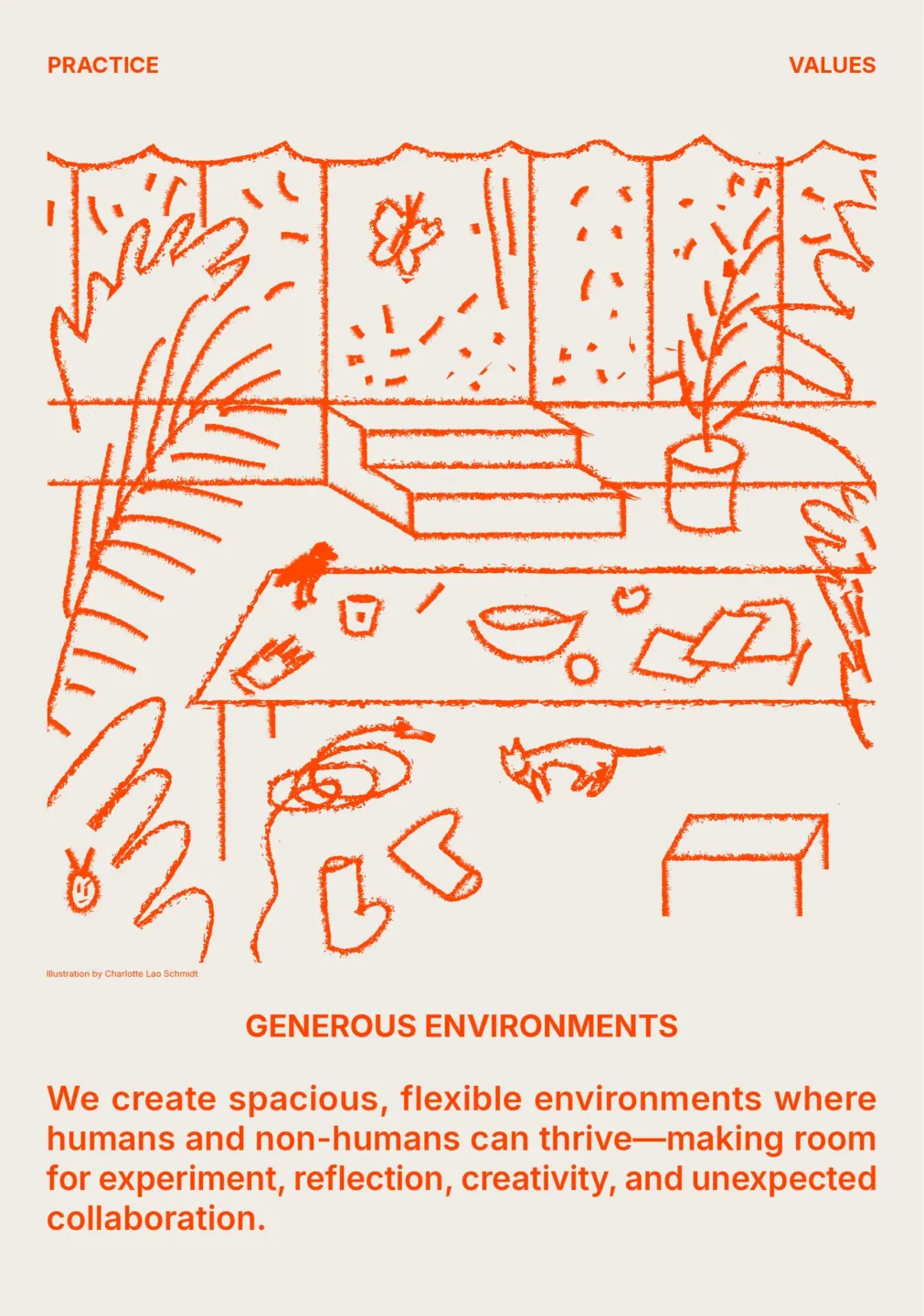
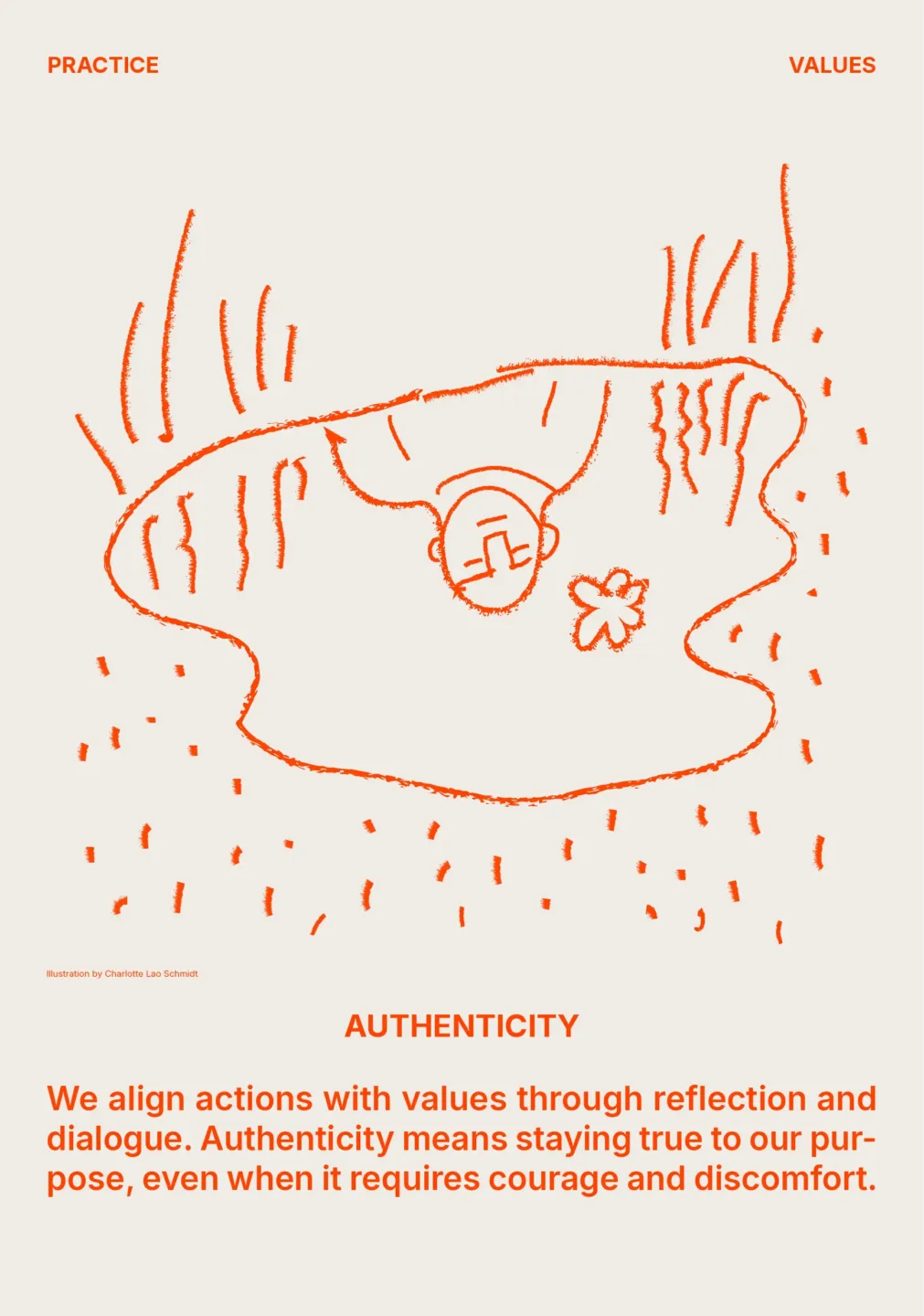
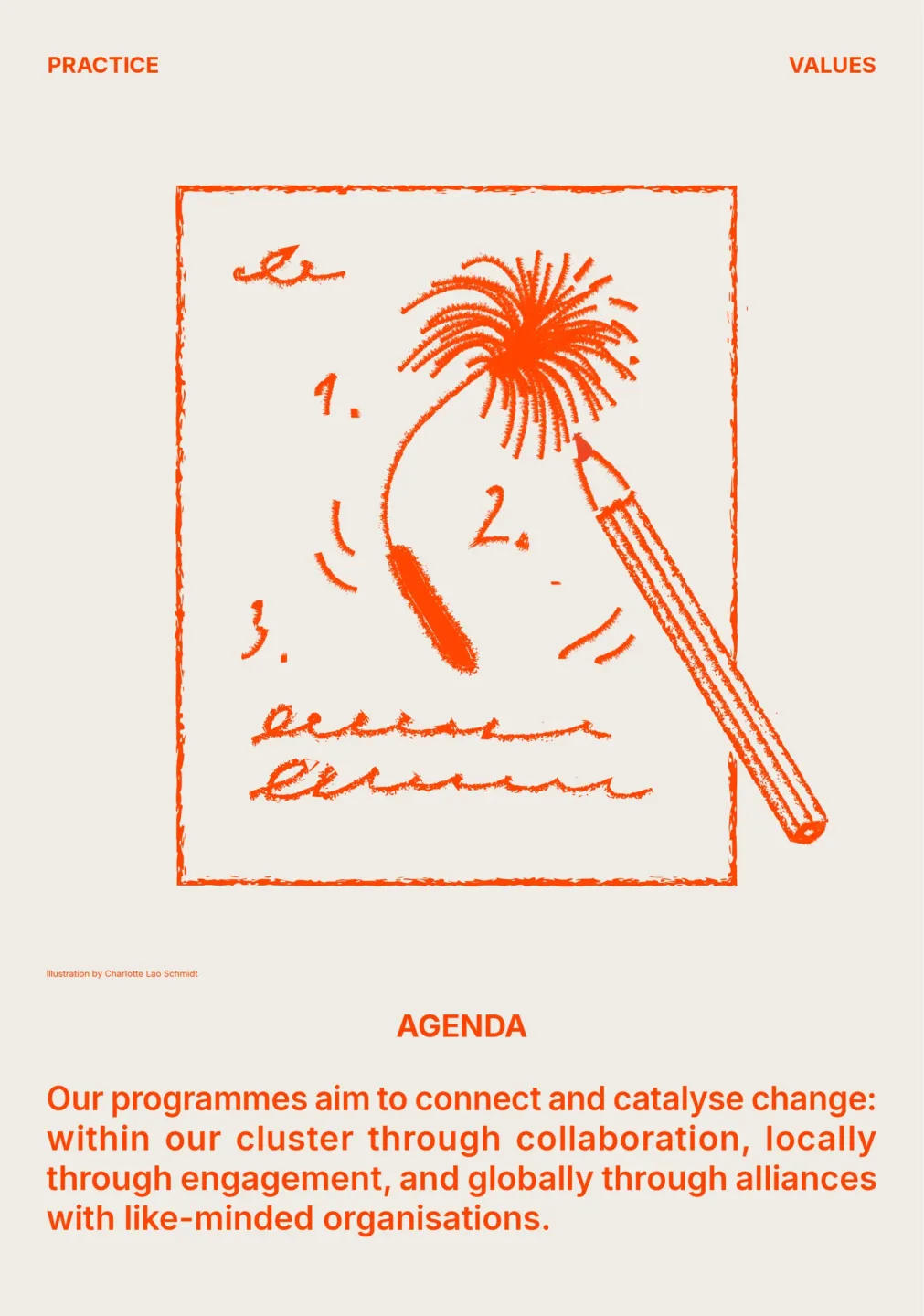
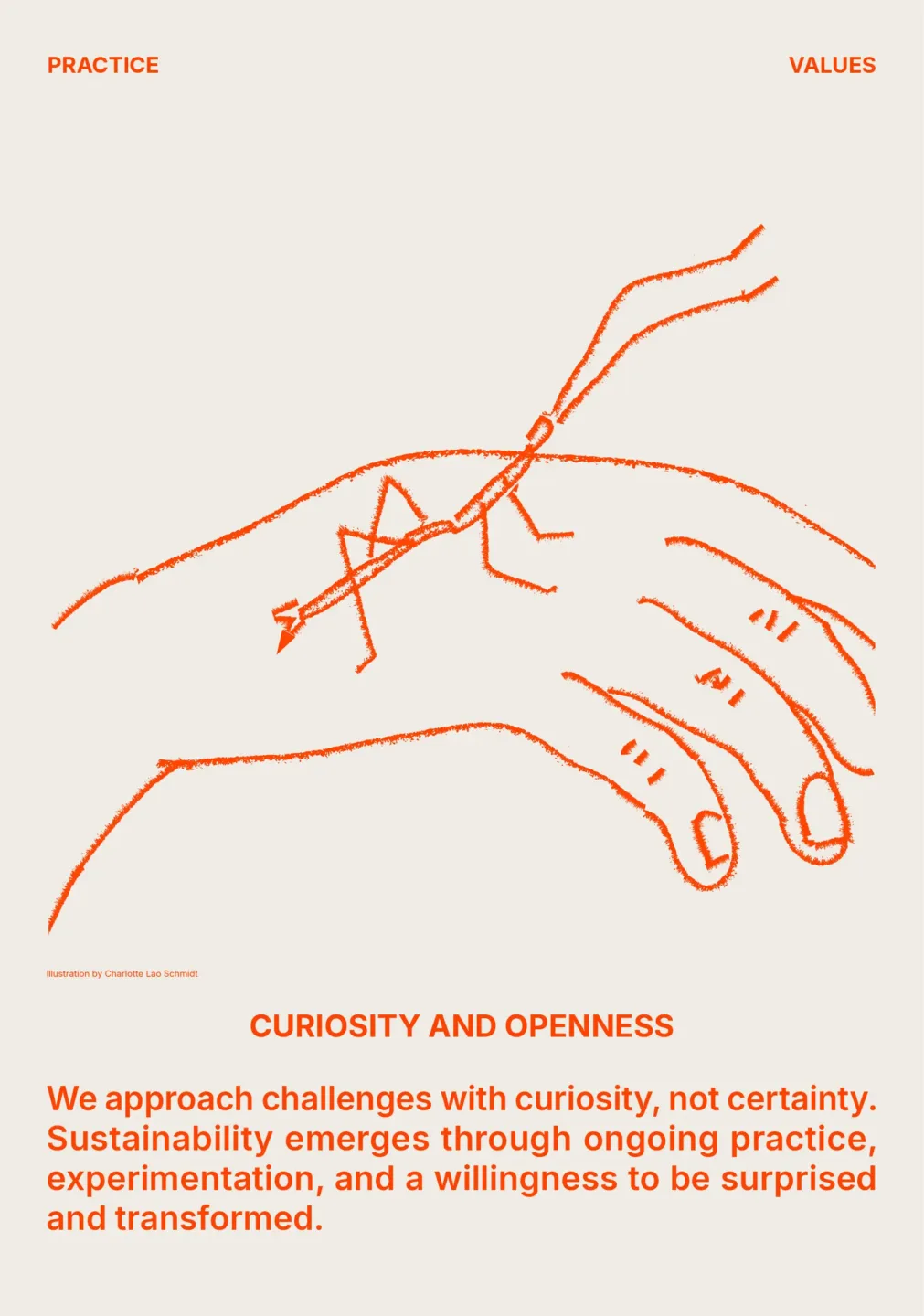
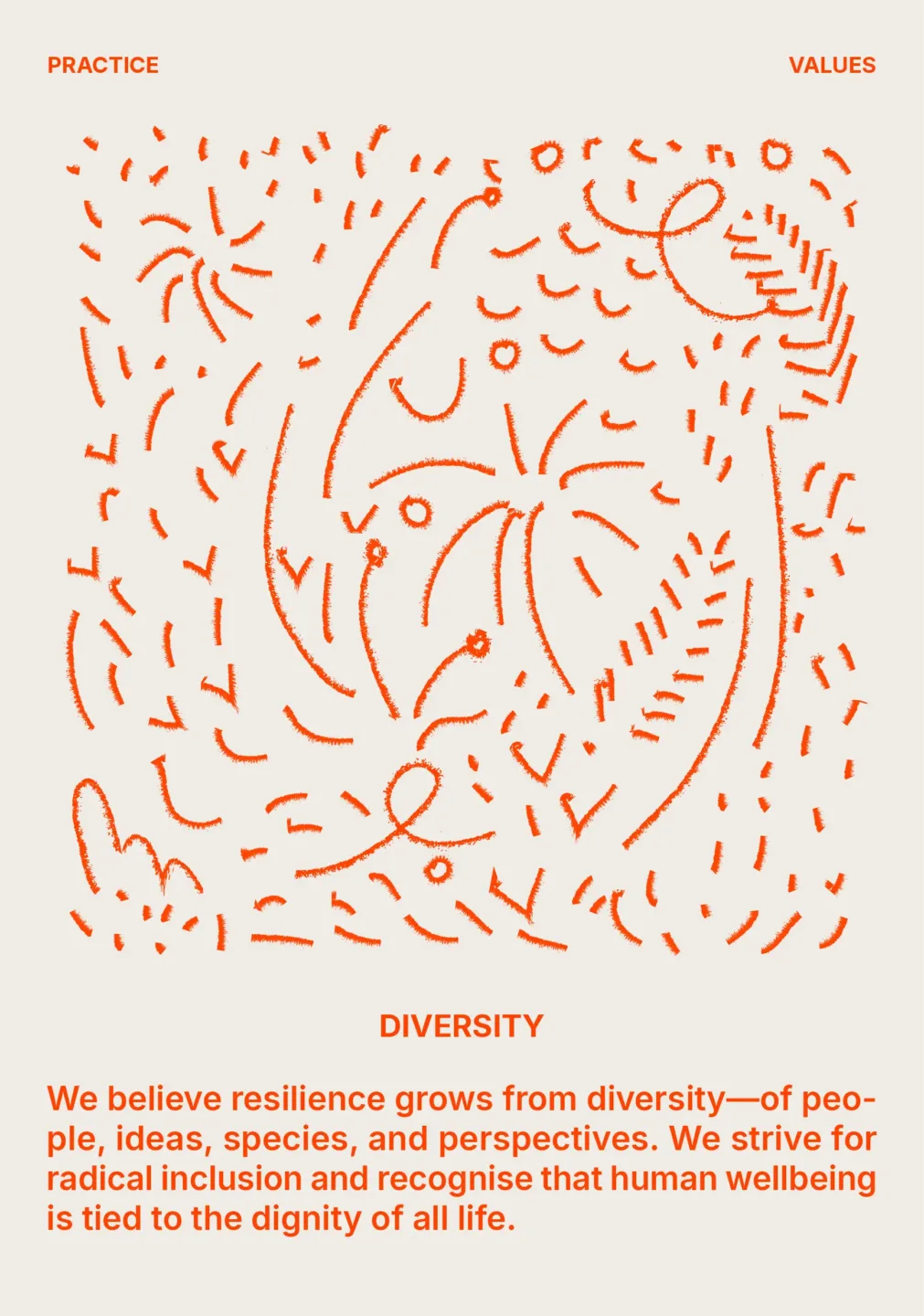
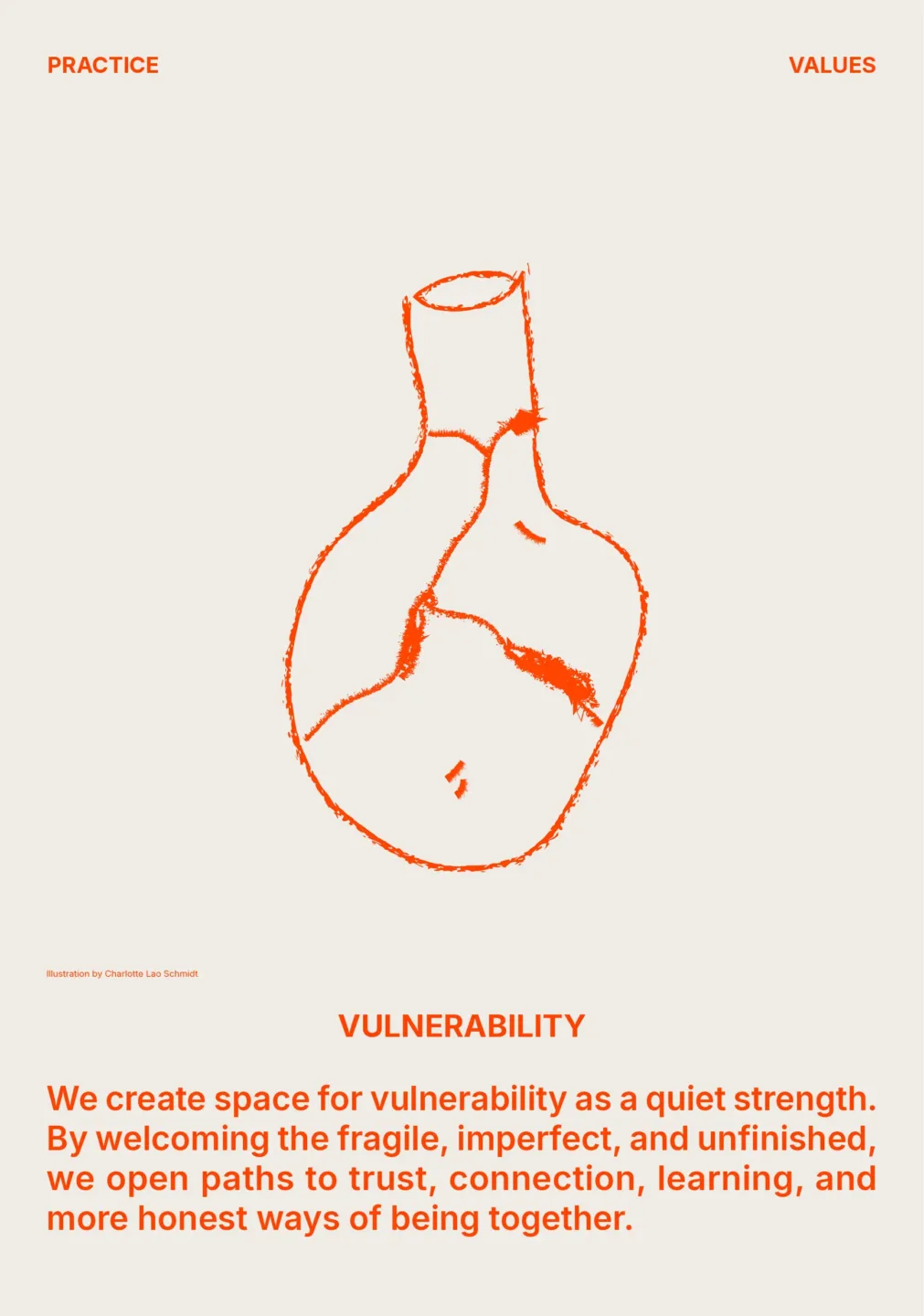

All organizations operating within the structure of Plant en Houtgoed uphold a common set of values and foster a shared culture centered around inclusivity, care, and vulnerability.
We try to bridge the fields of nature conservation and landscape design in order to expand the discourse on nature preservation and to place landscape design in a position where it fosters society’s response to climate crises and loss of biodiversity. We do this by considering citizens as positive agents of change. The beauty of nature is a much-valued agent to raise a shared sense of affect and responsibility towards the planet. In the cities, especially, ecosystem-oriented design can make the difference to both change the mindsets, affect sensibilities, enhance resilience and increase biodiversity.